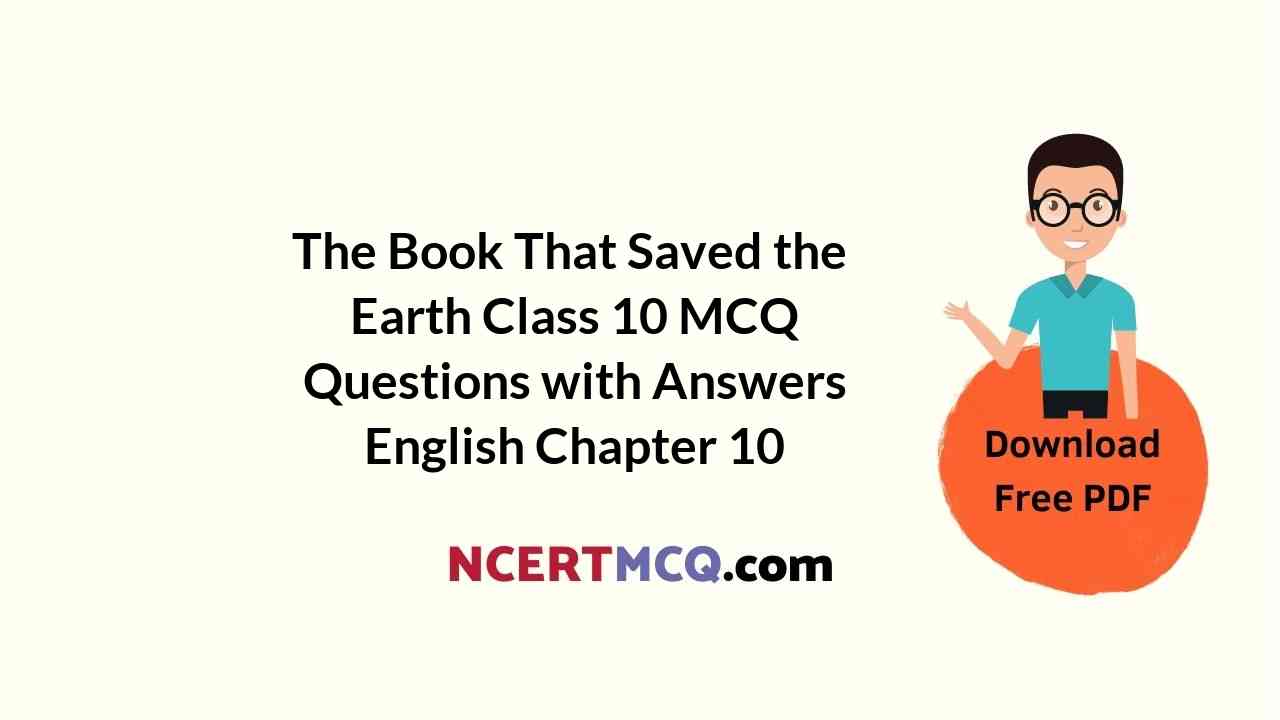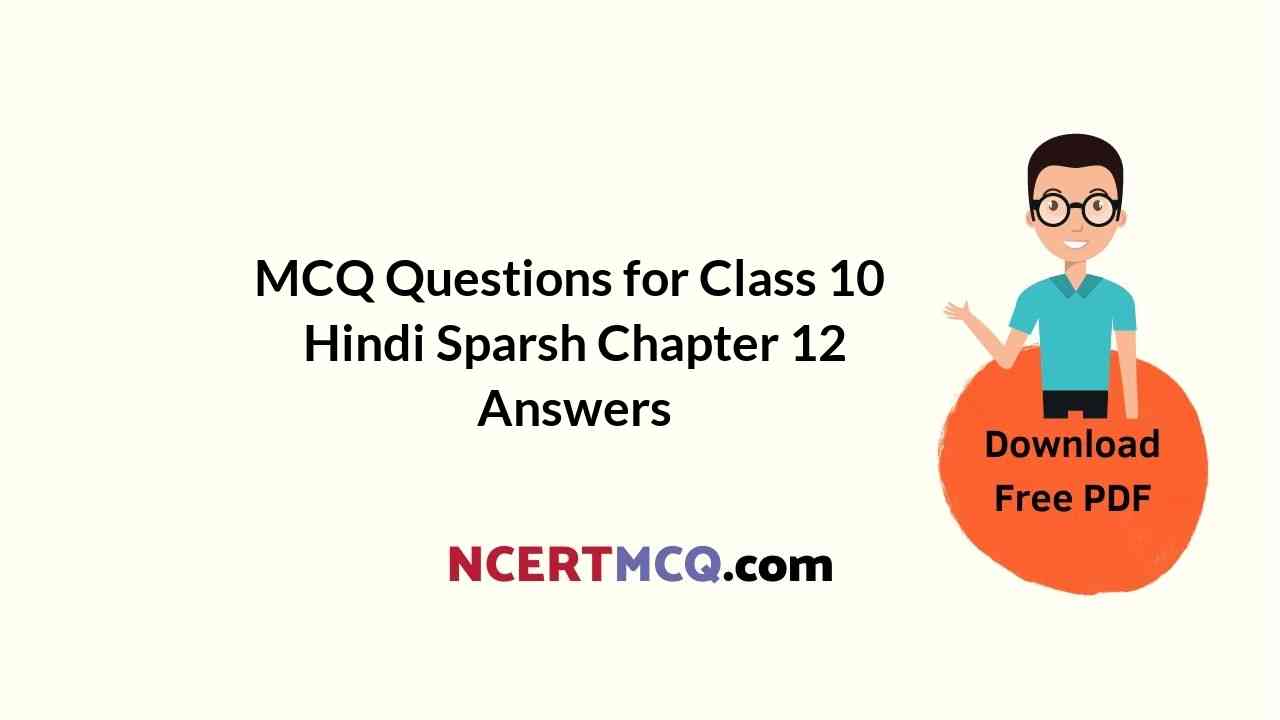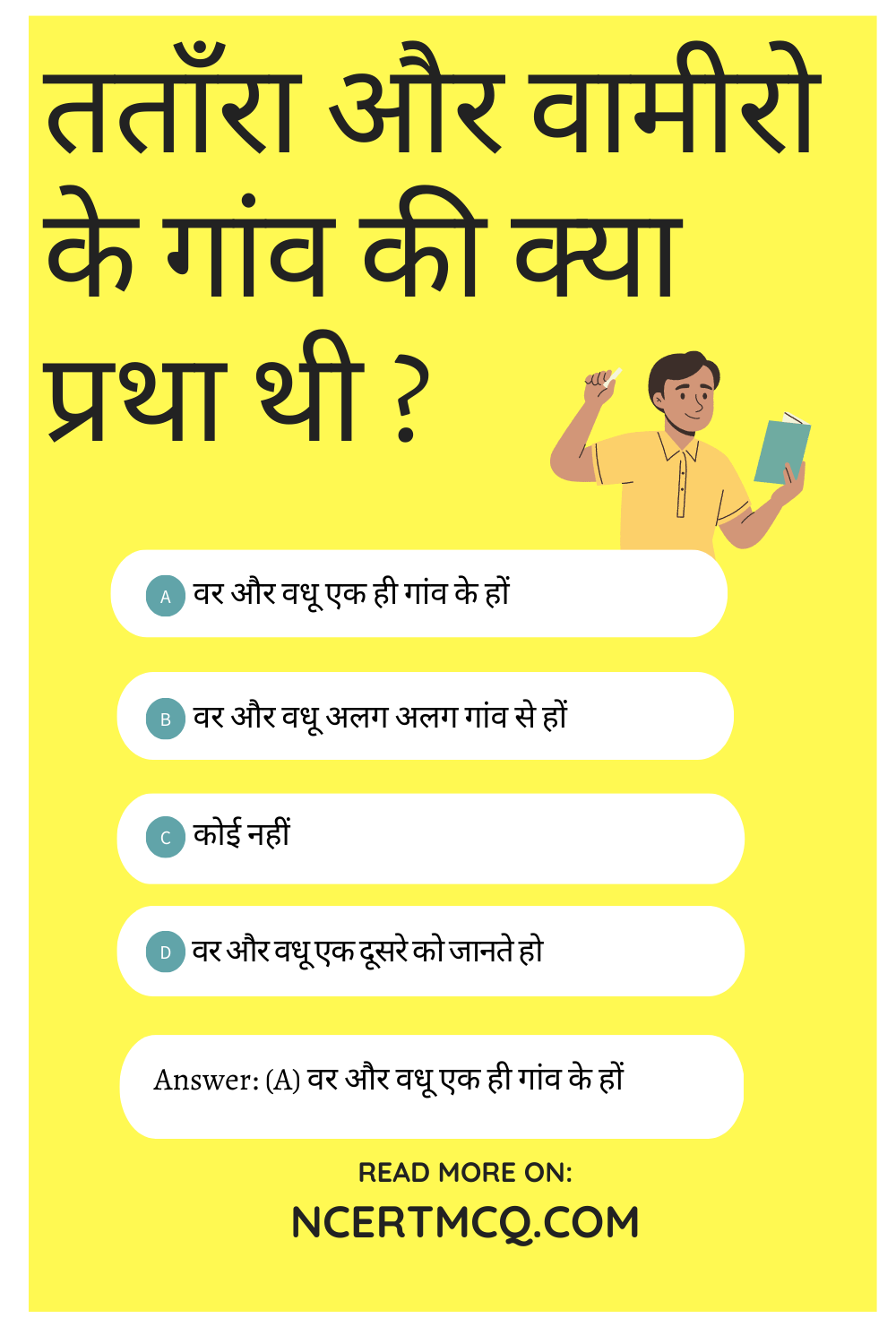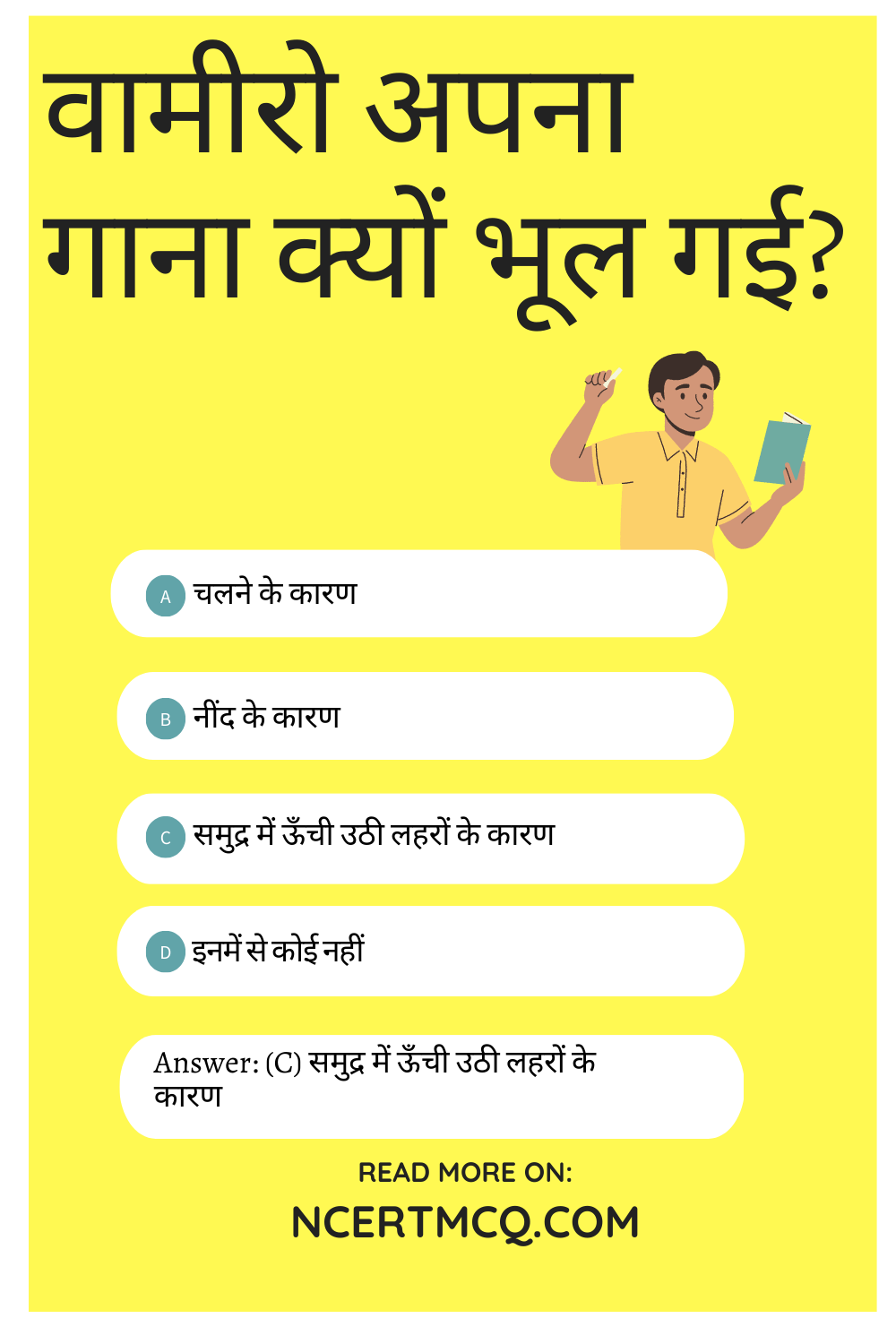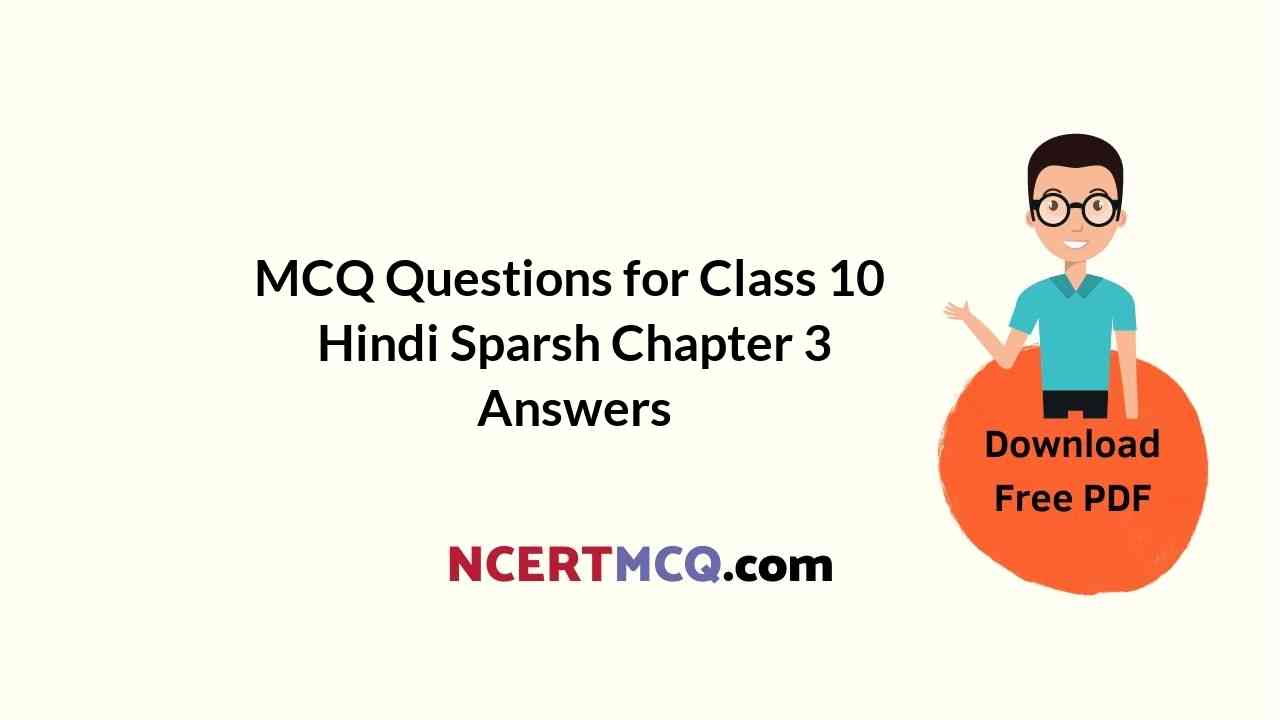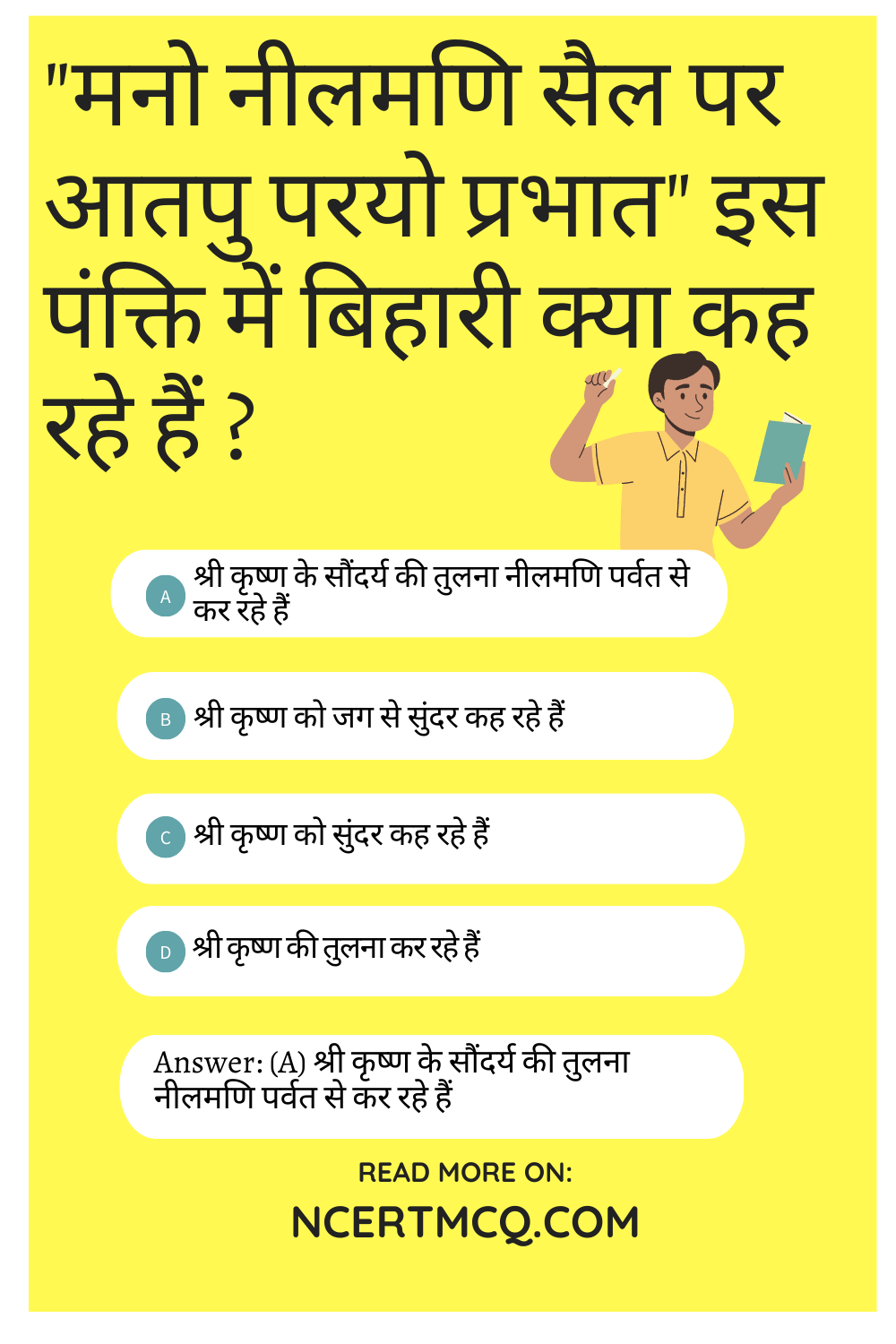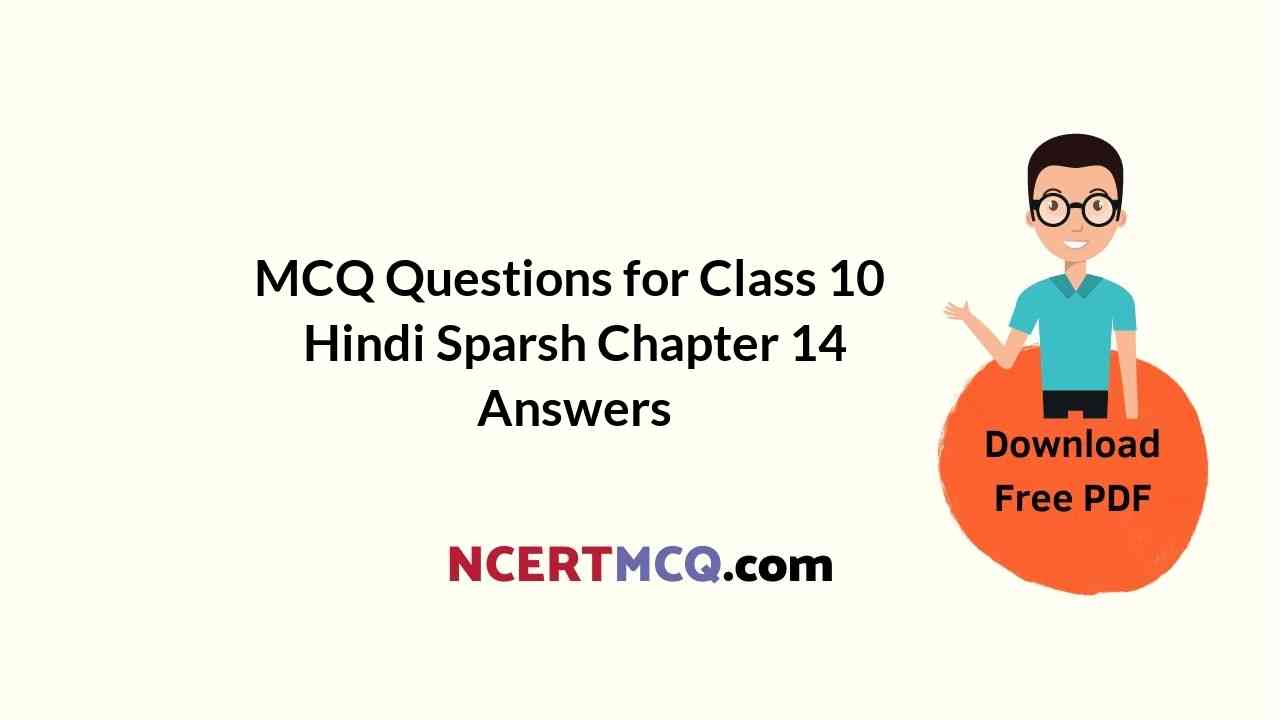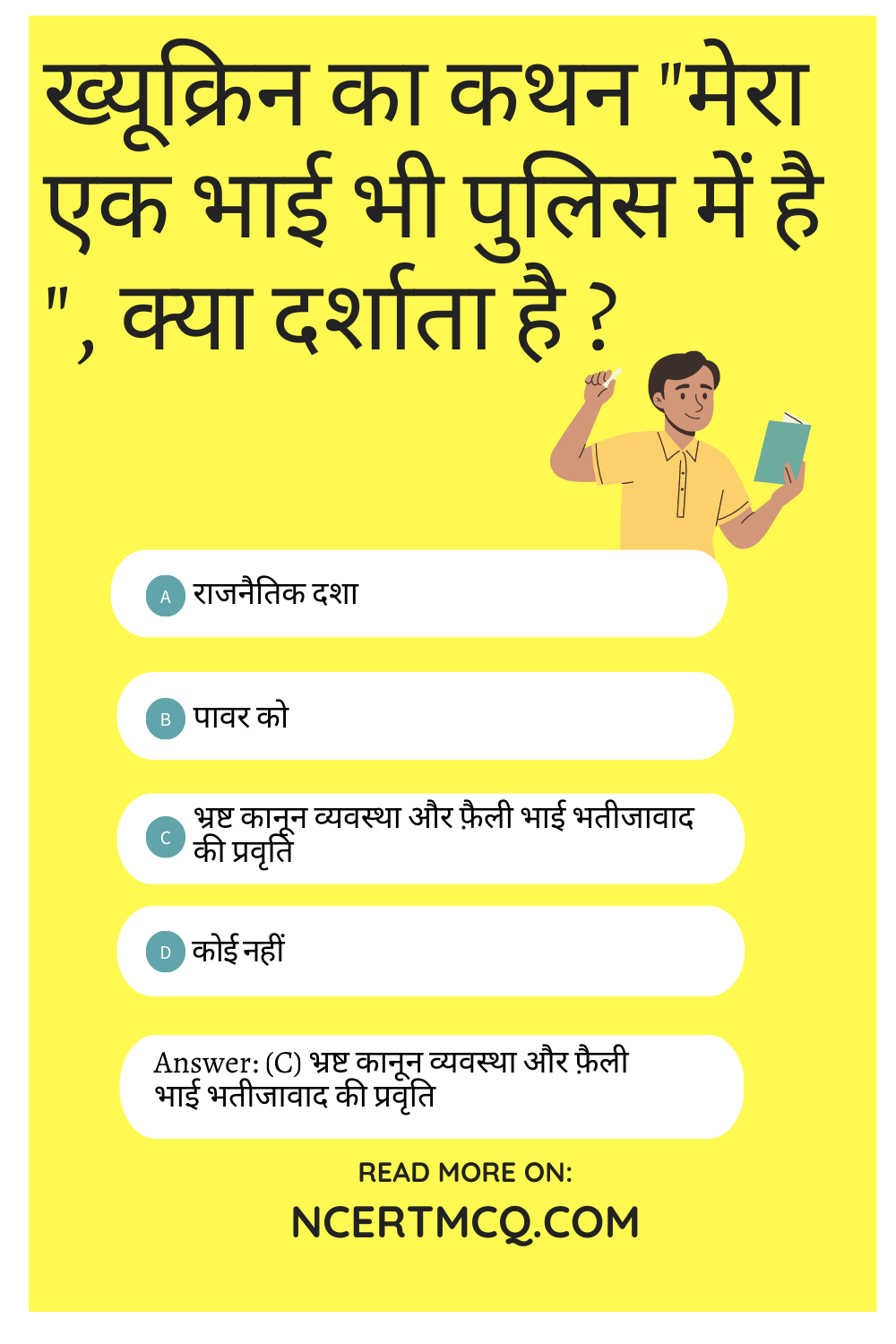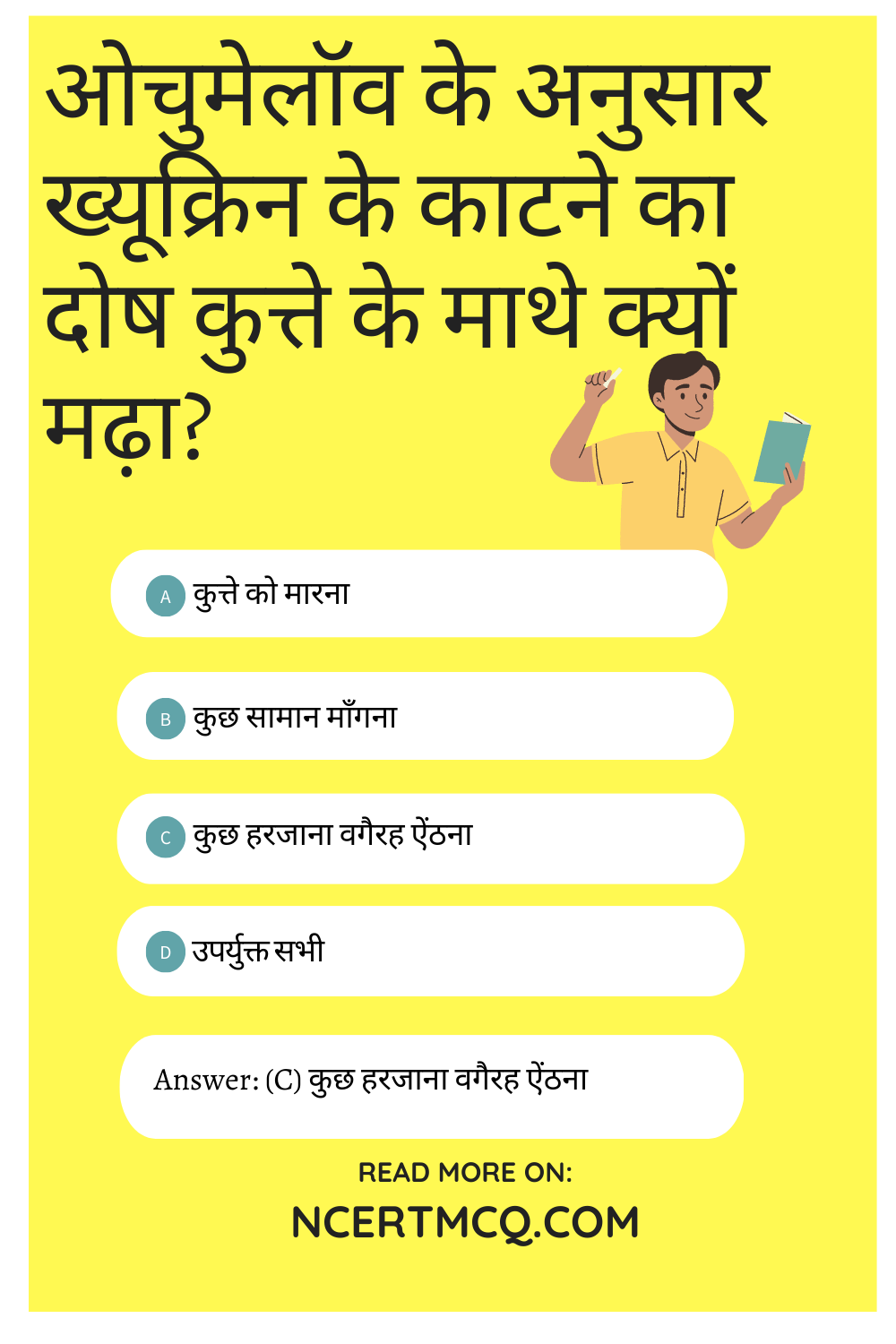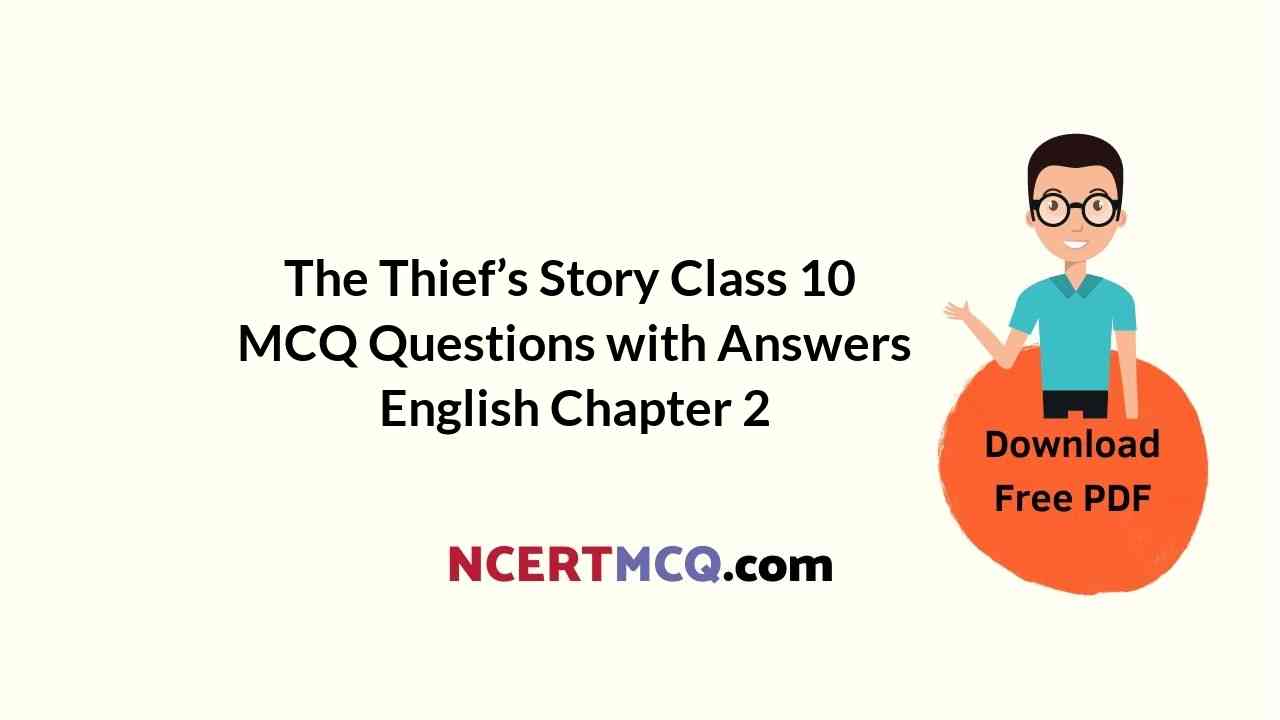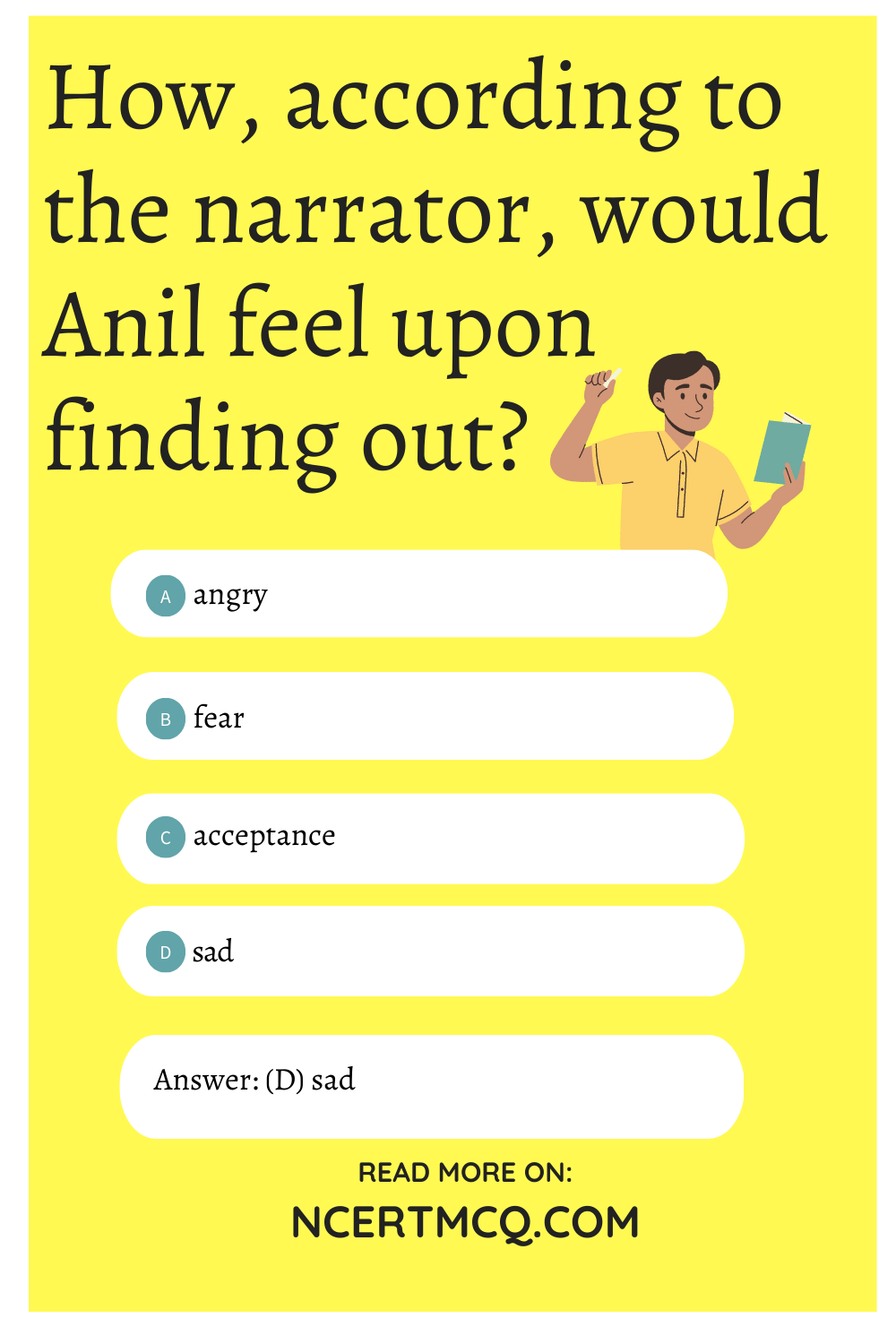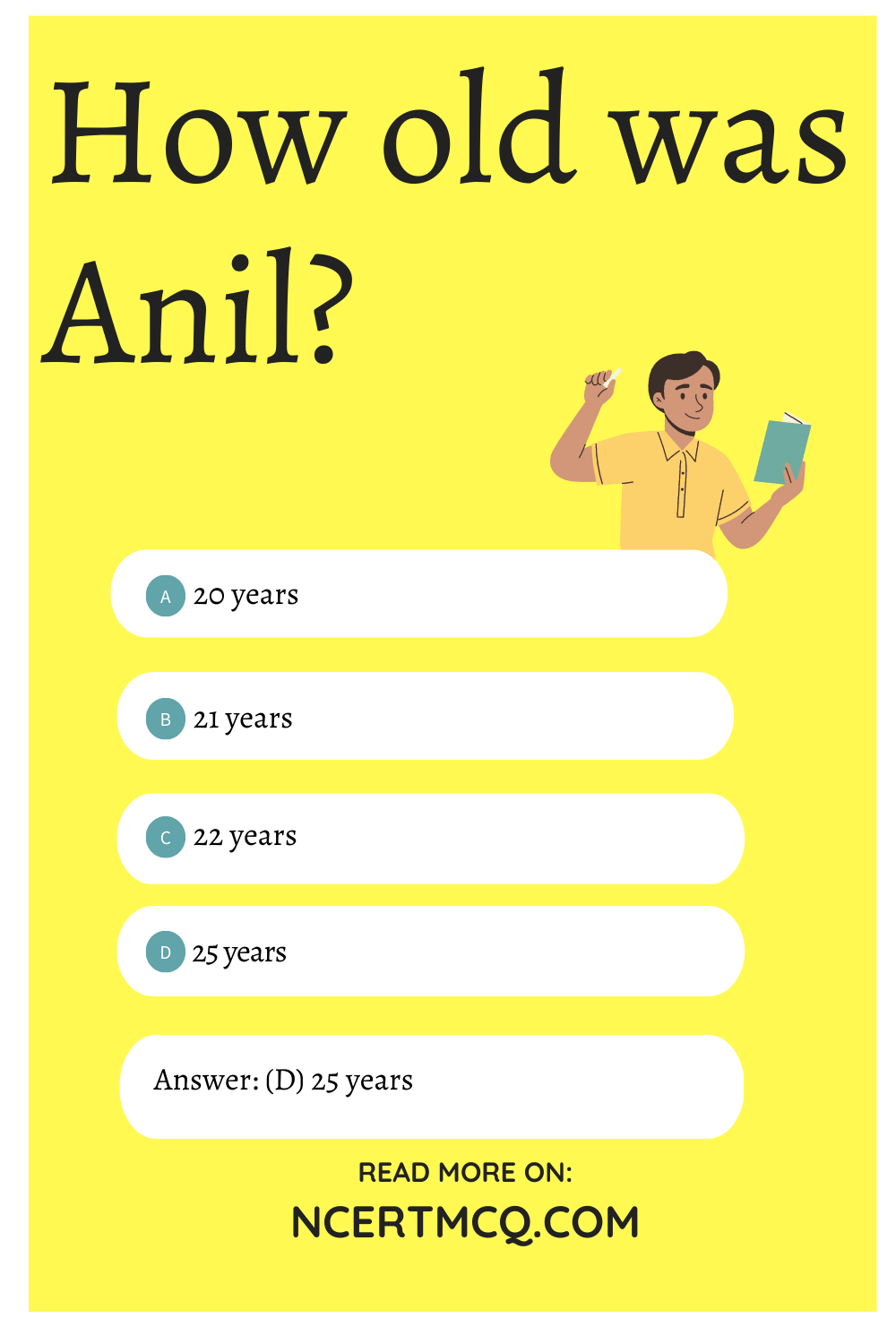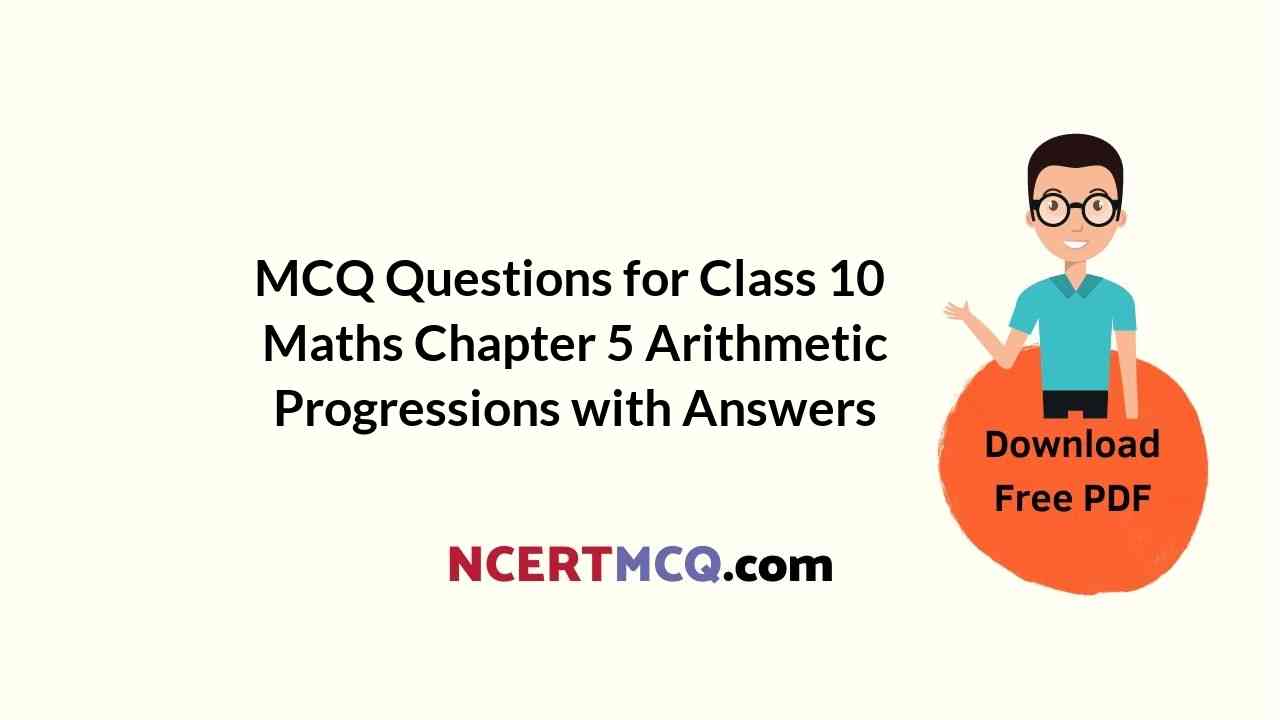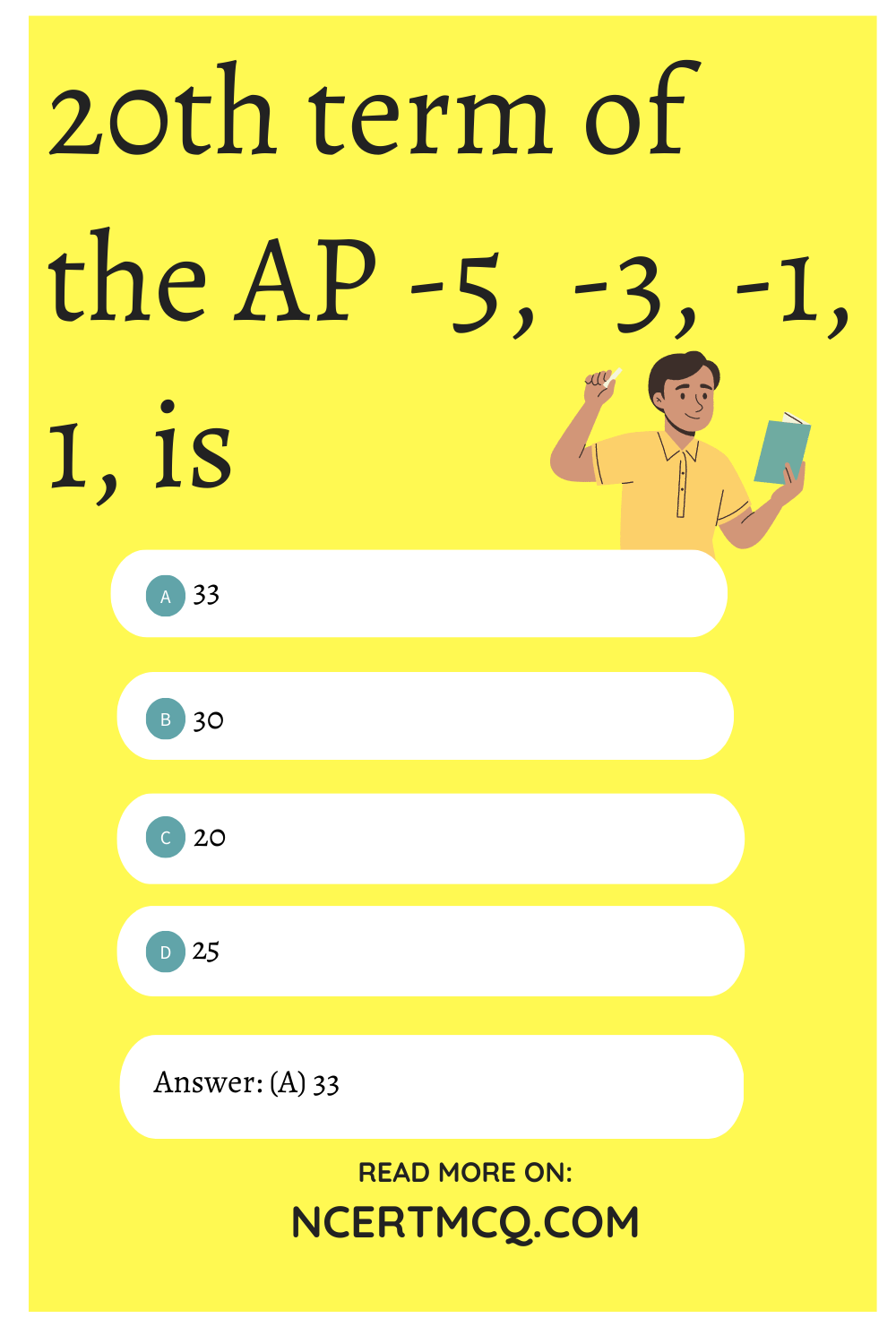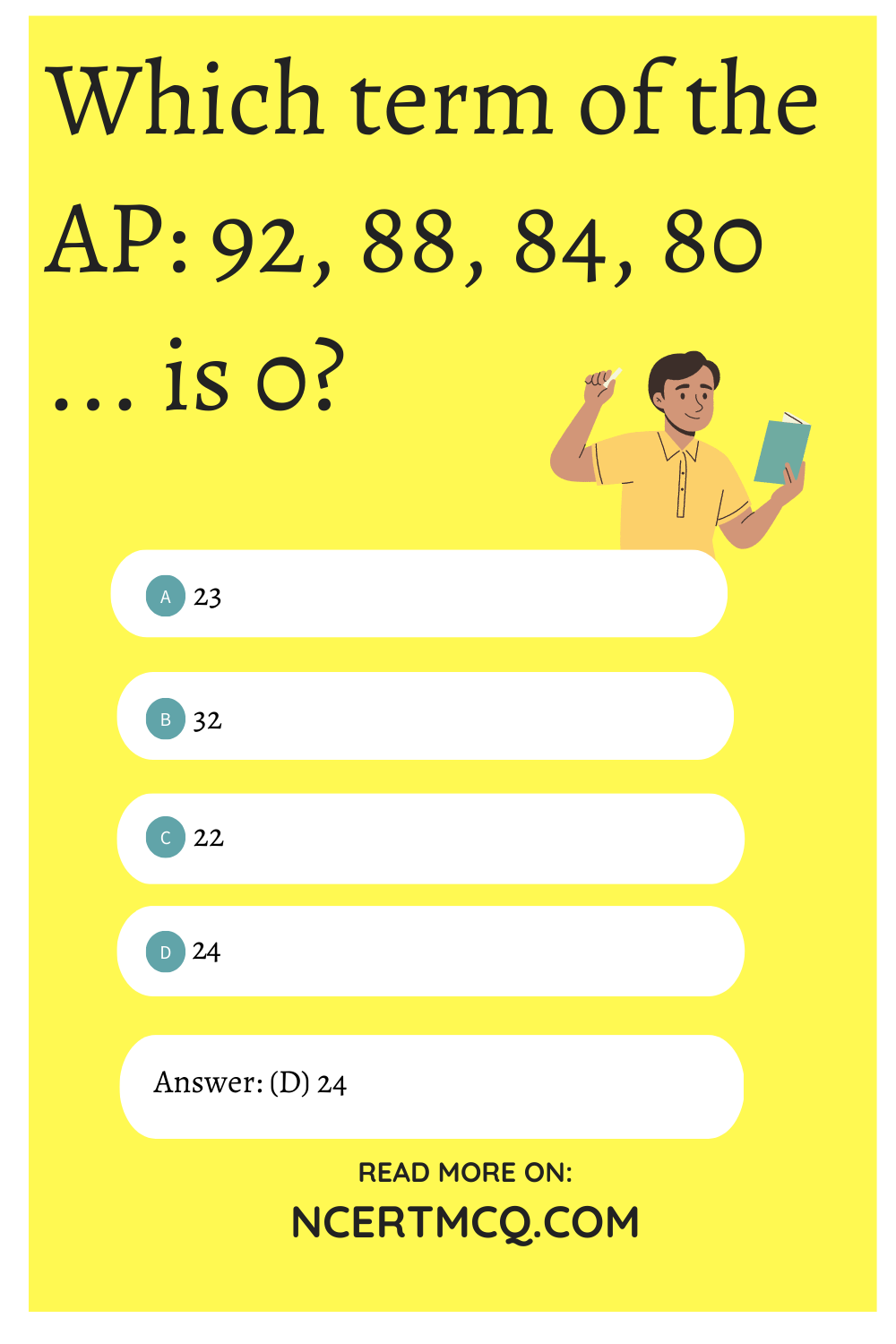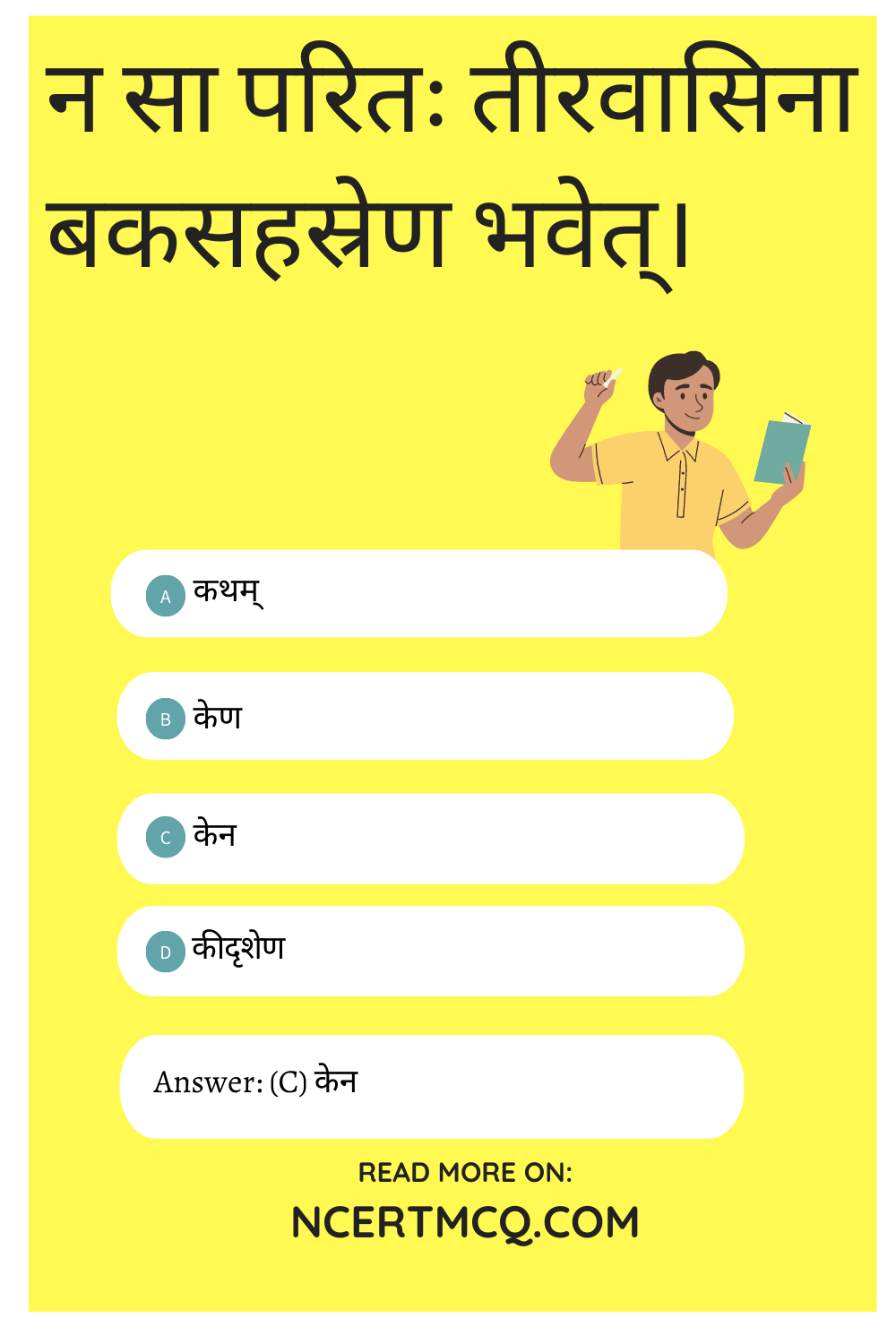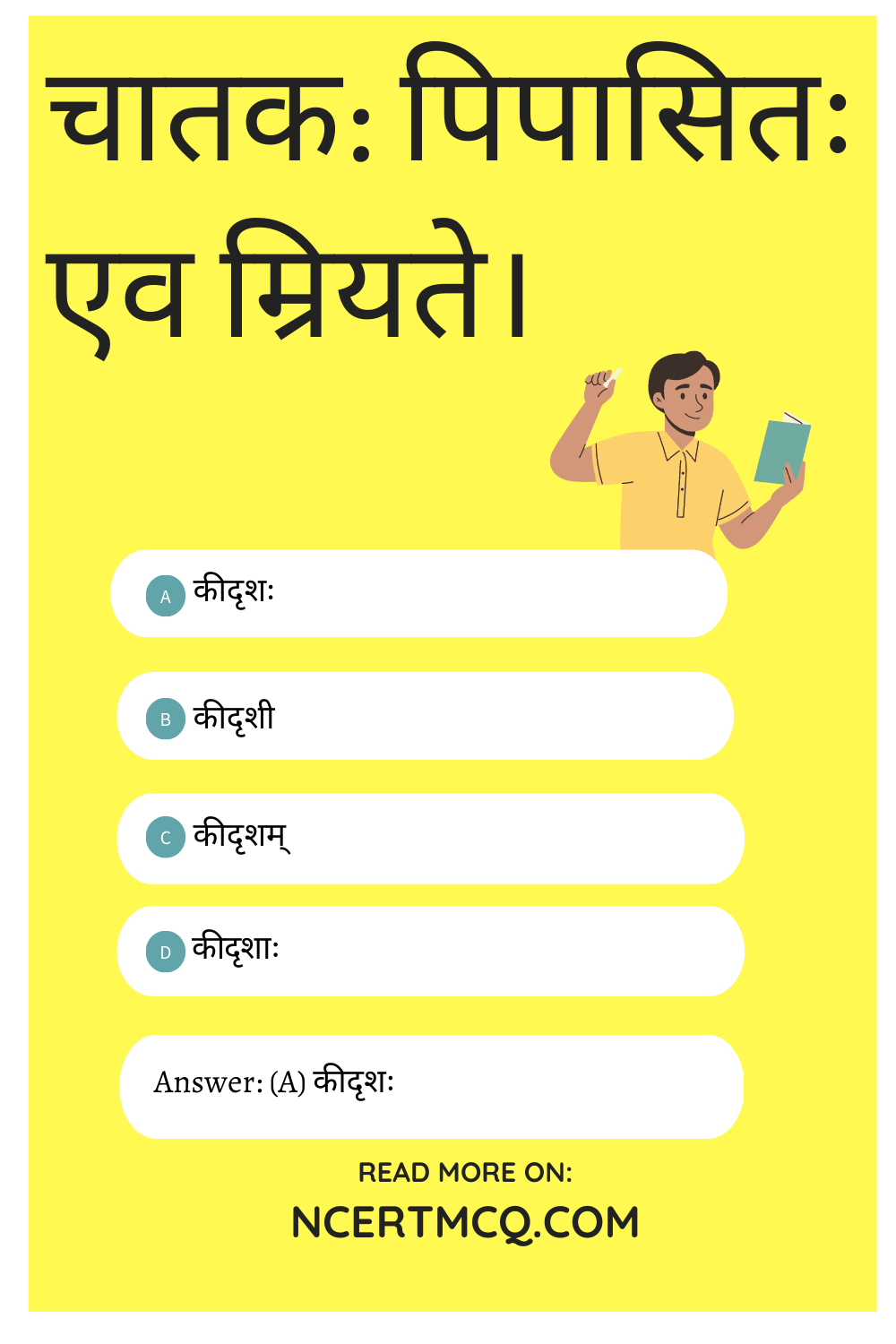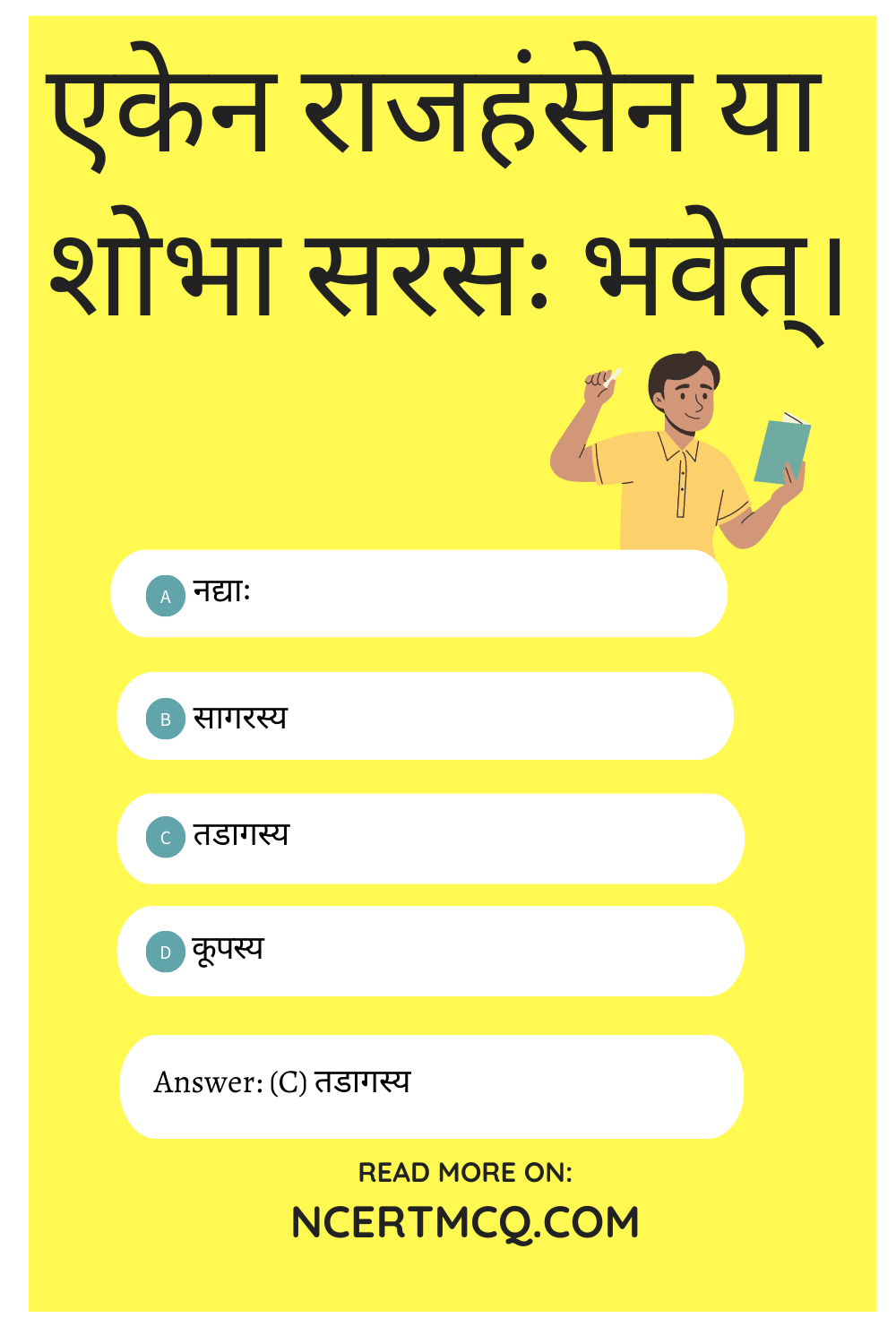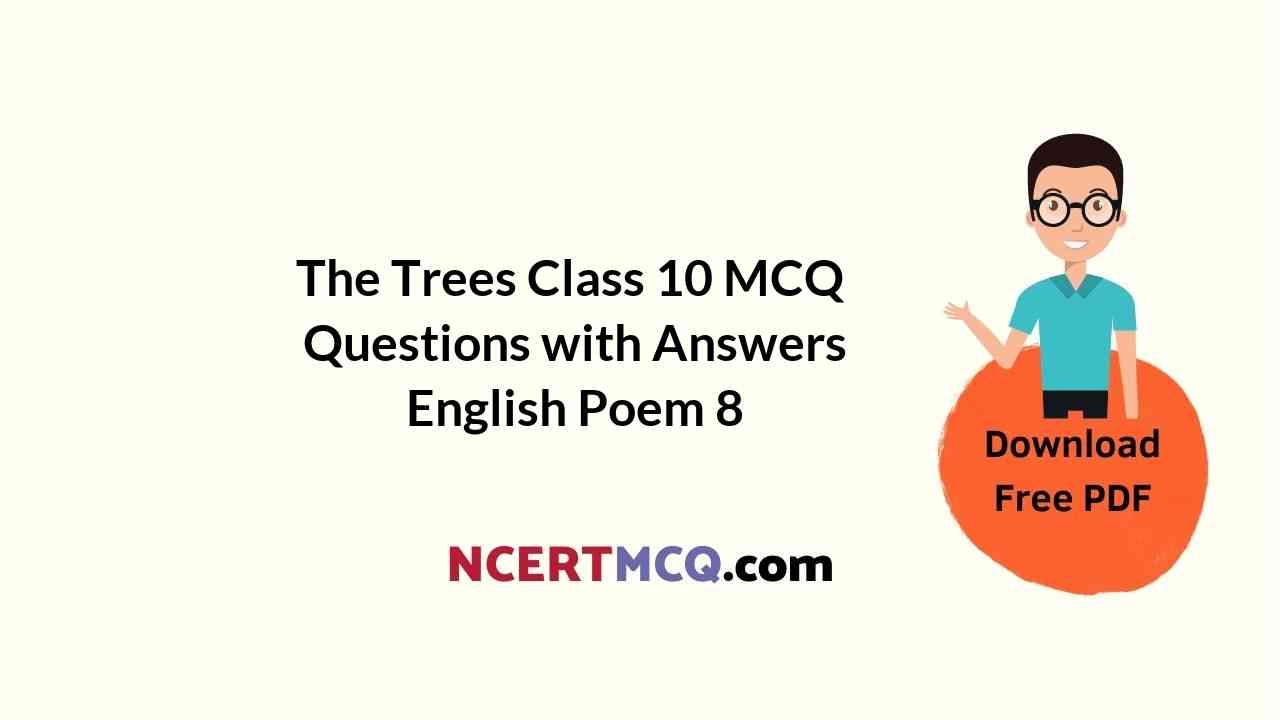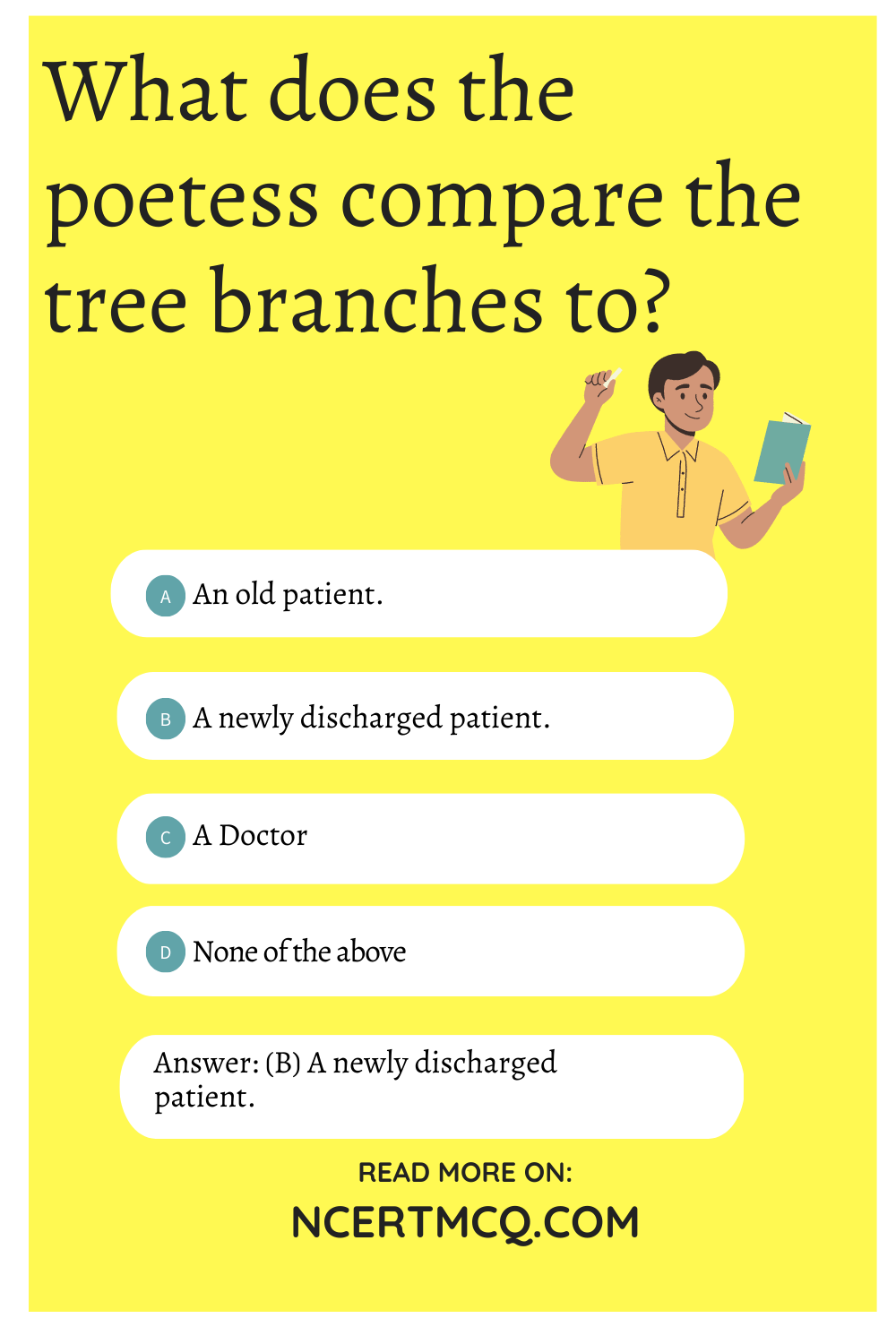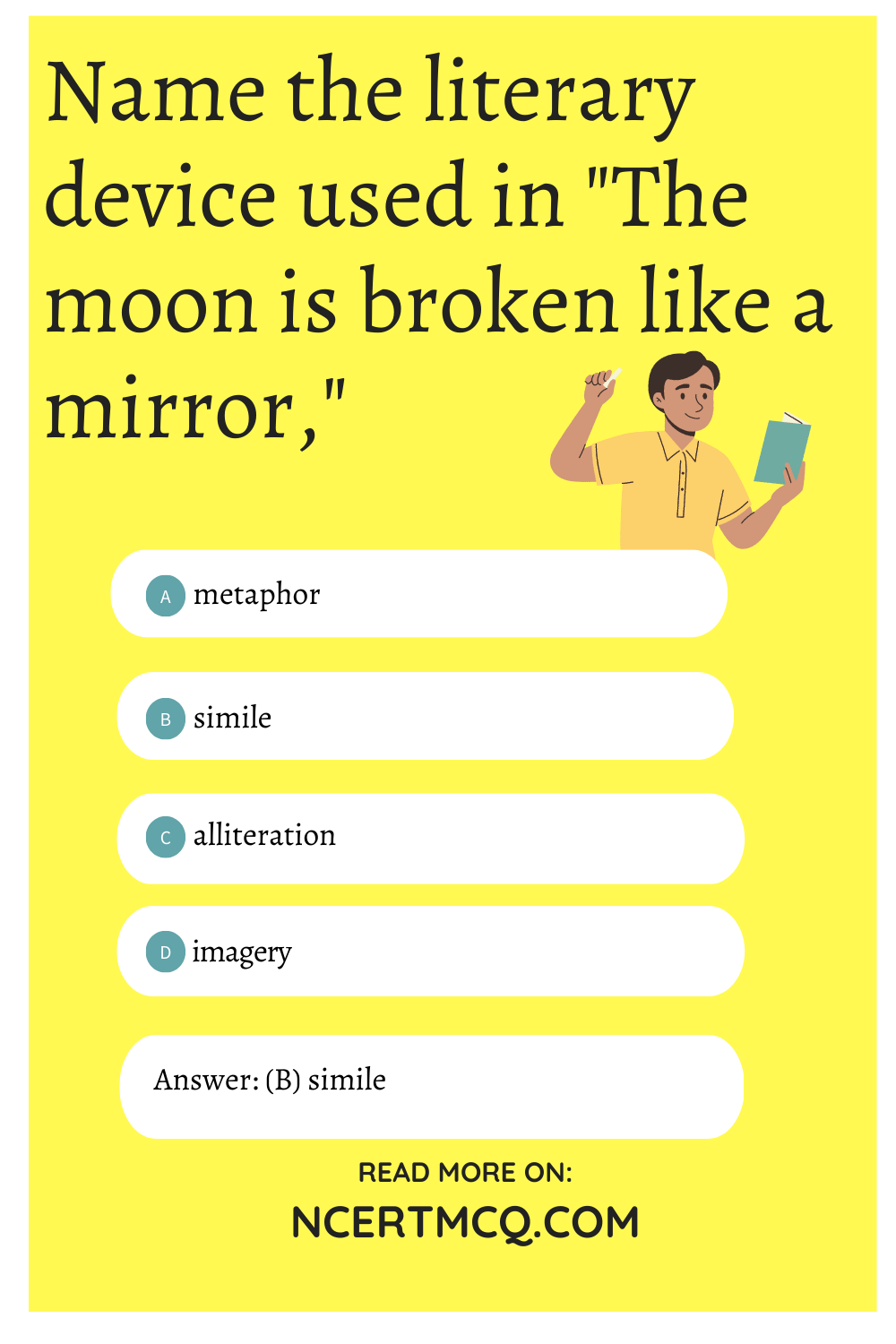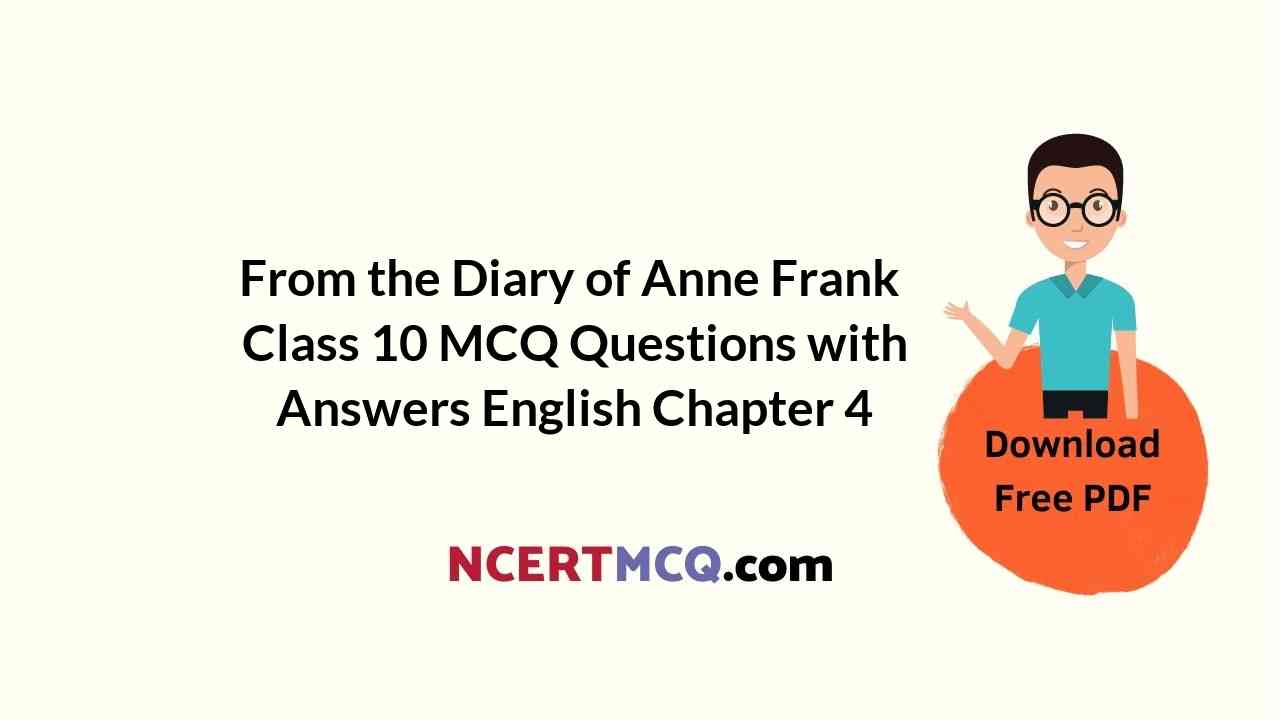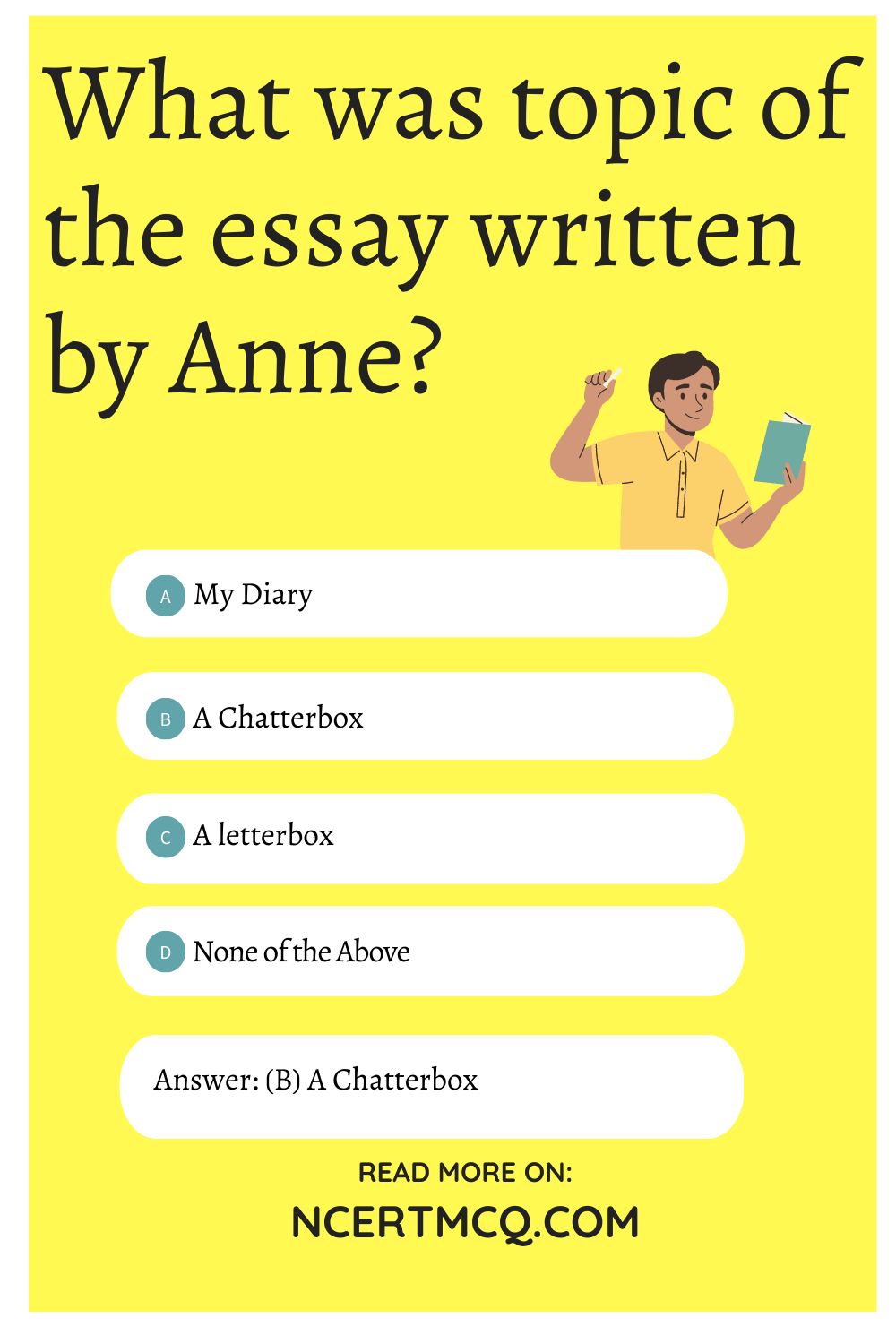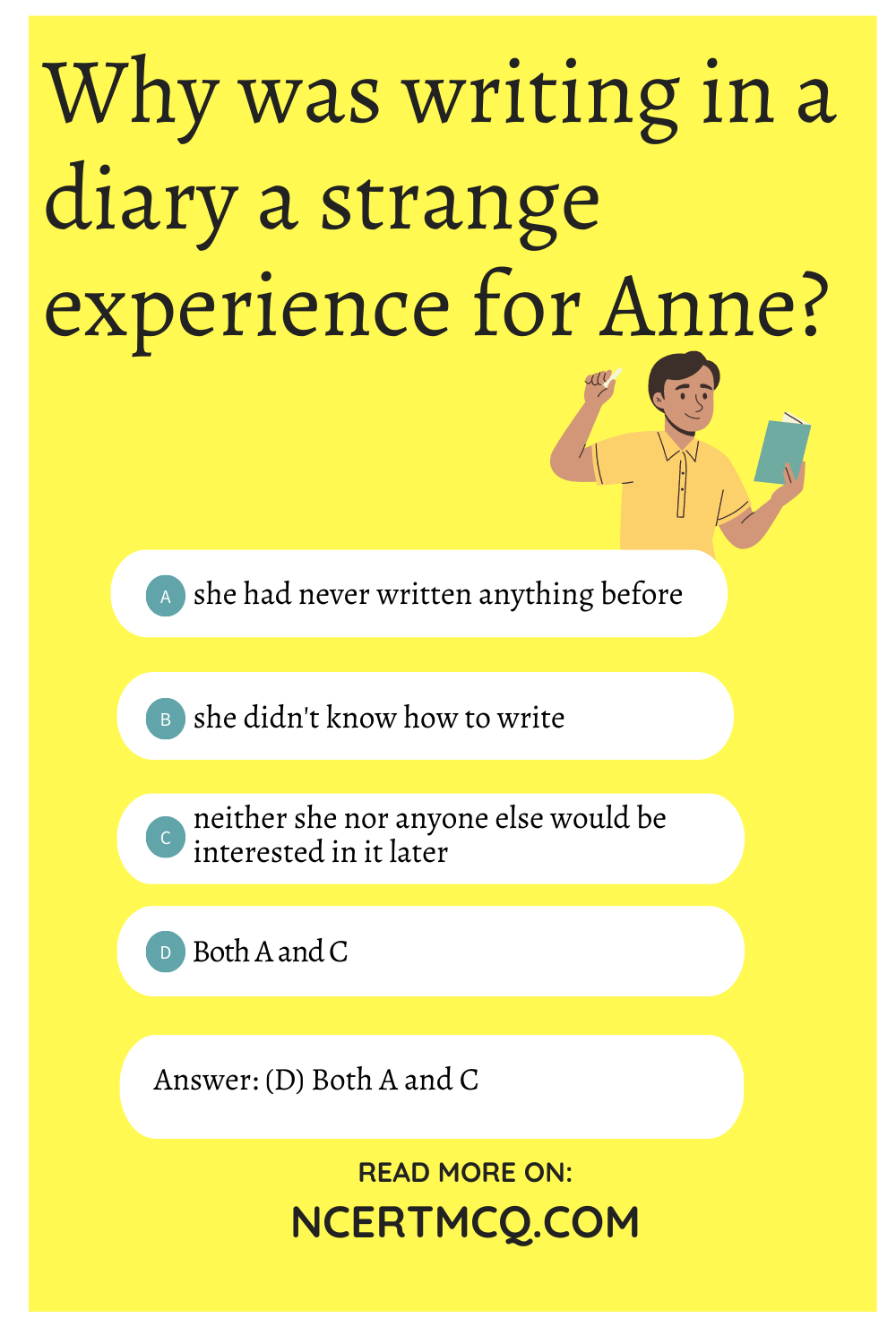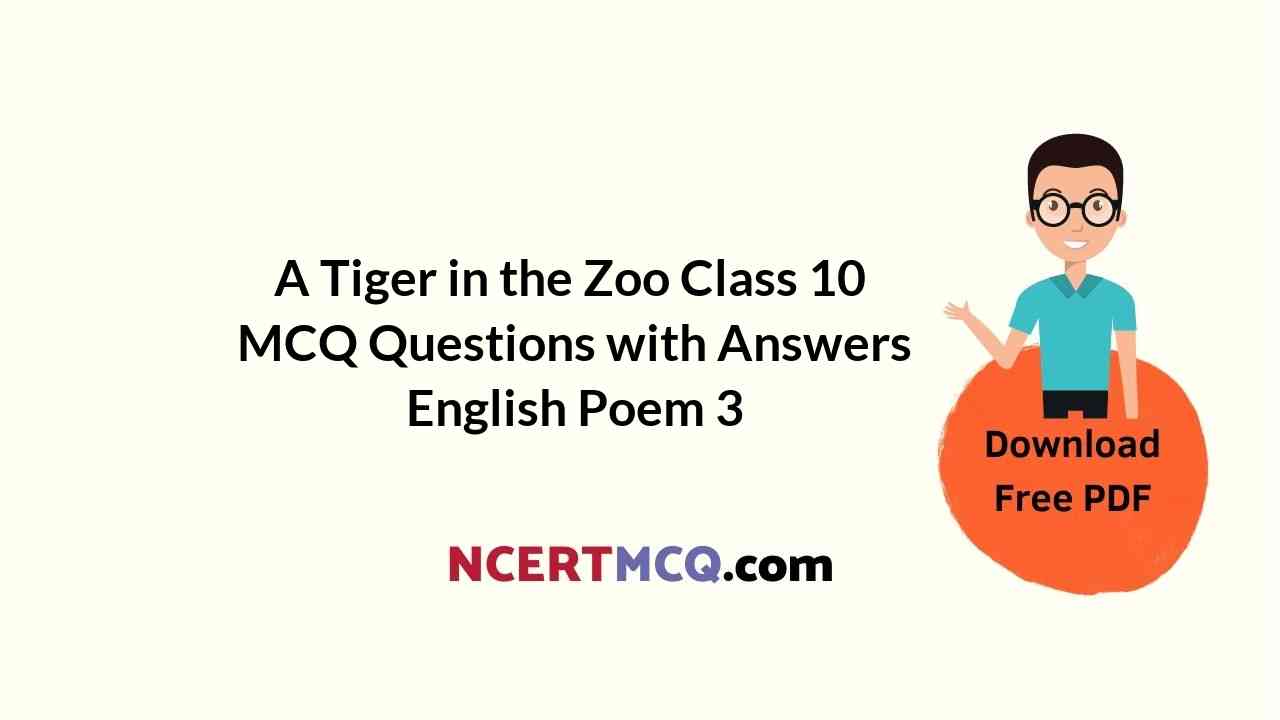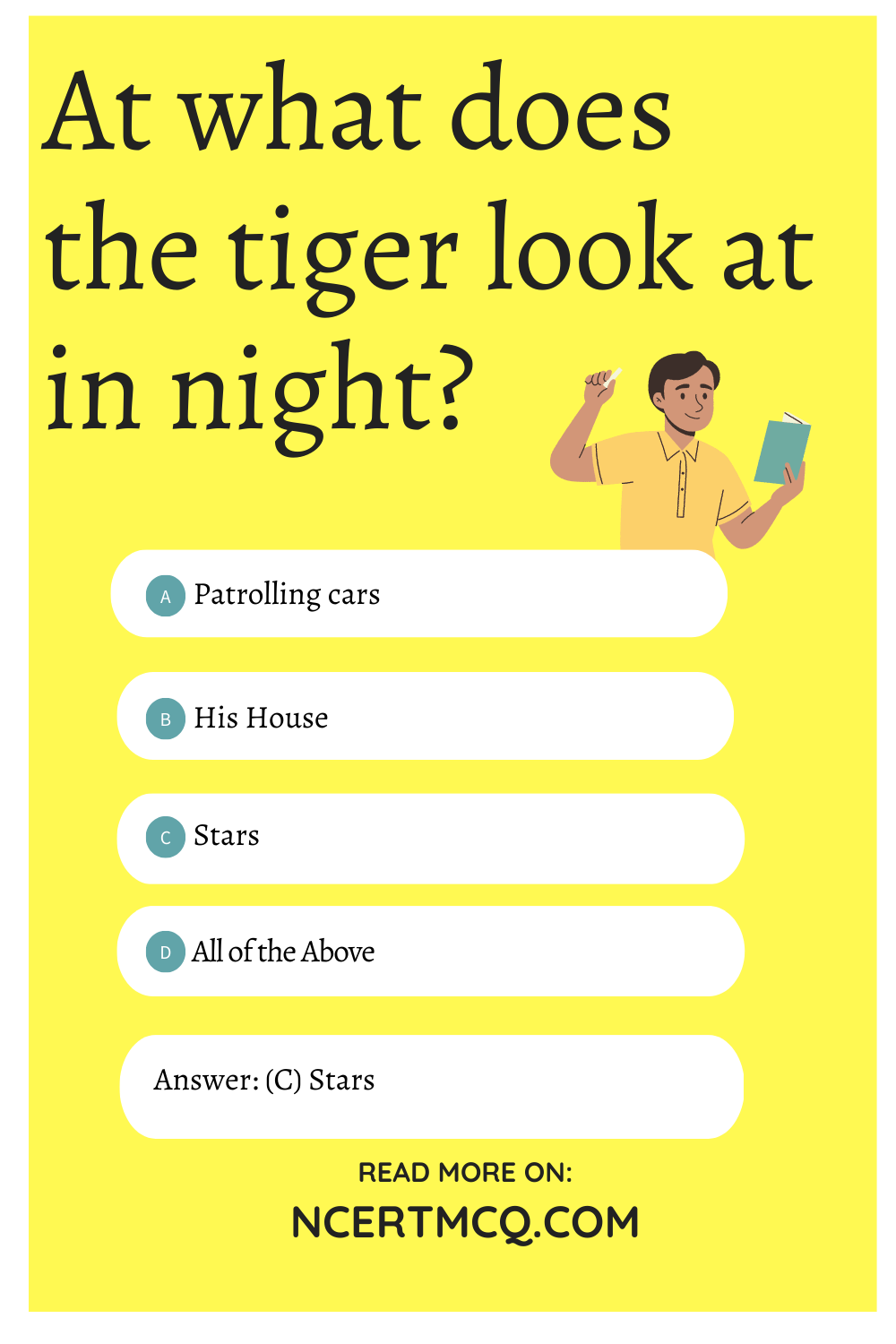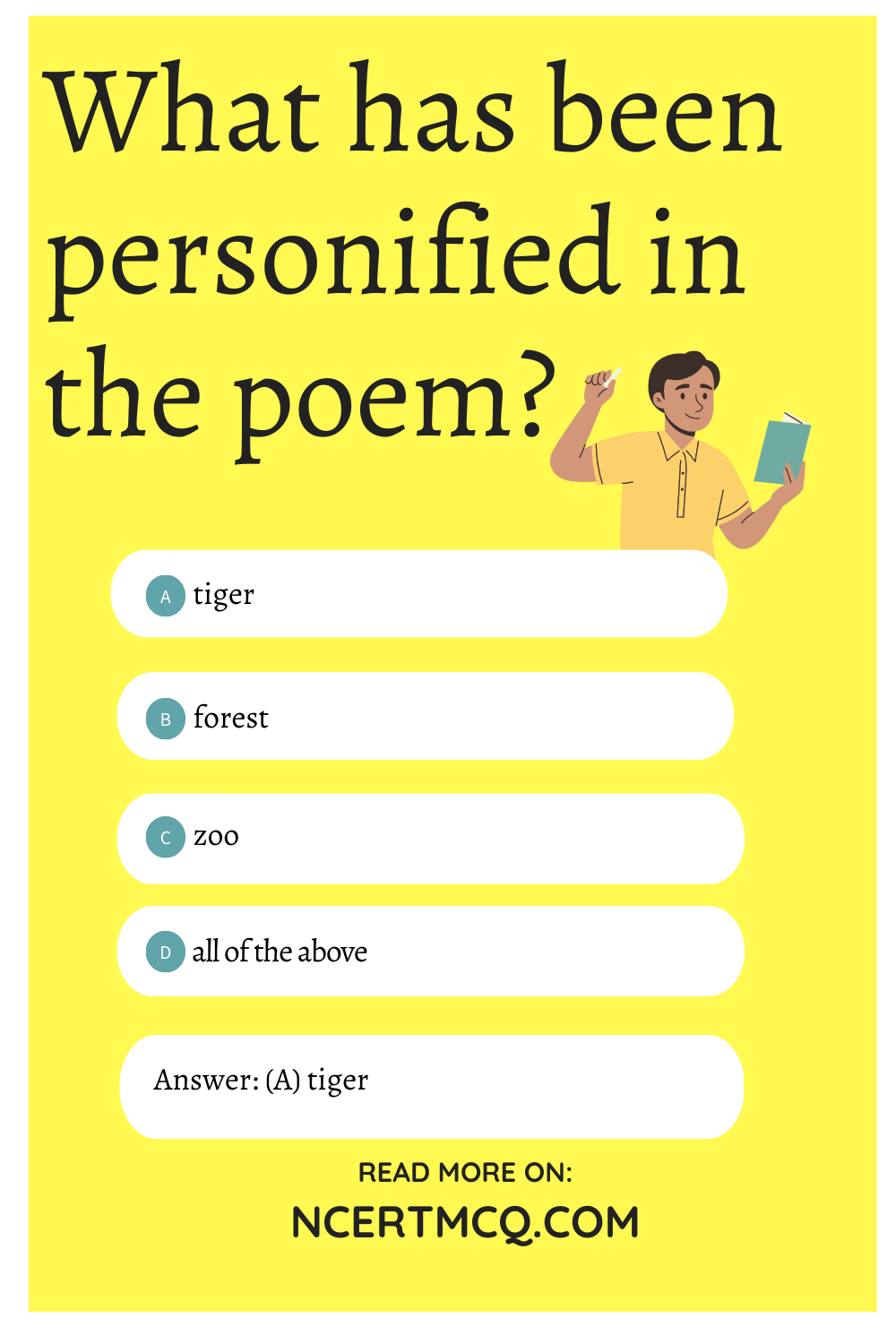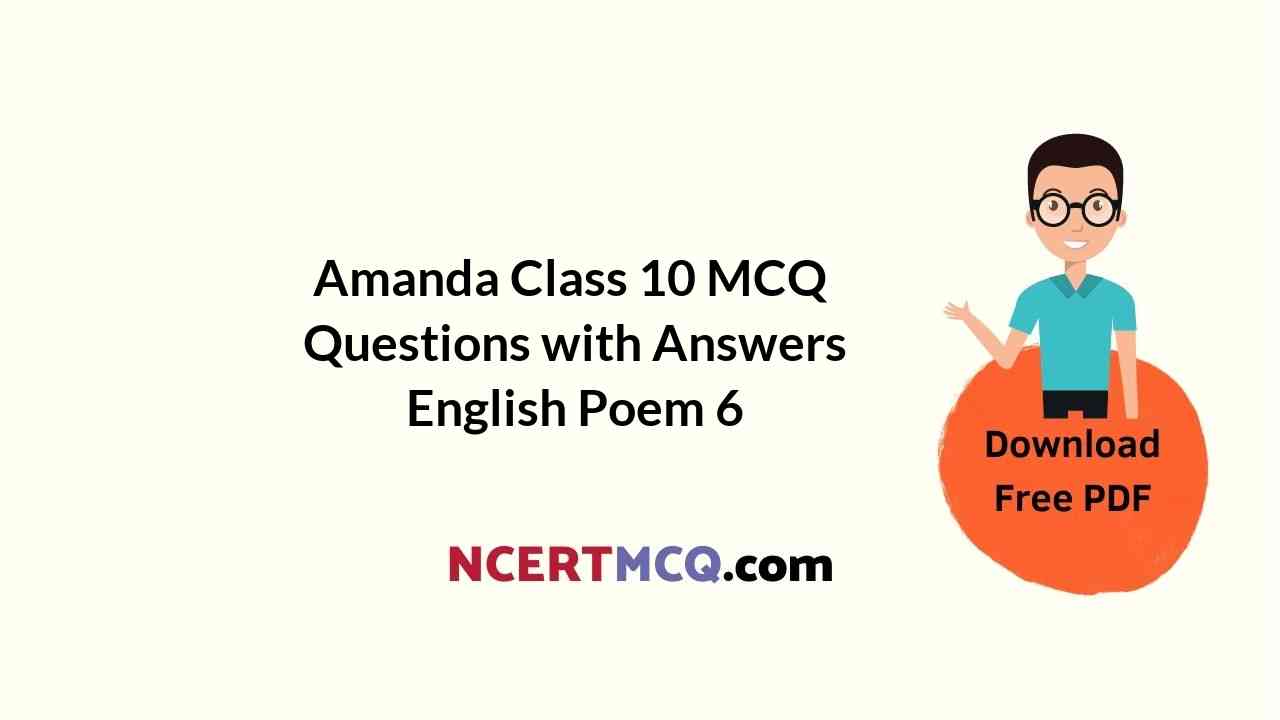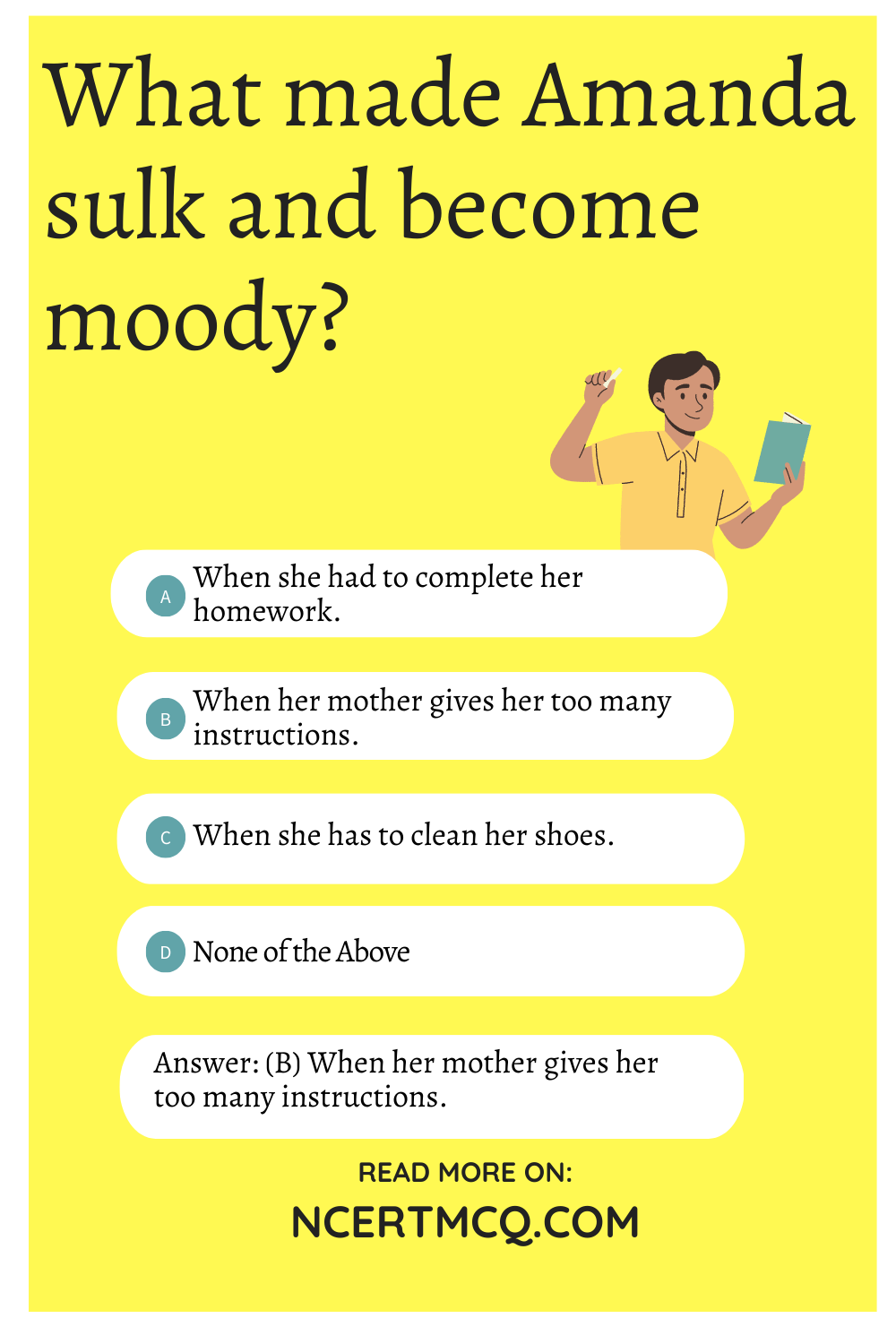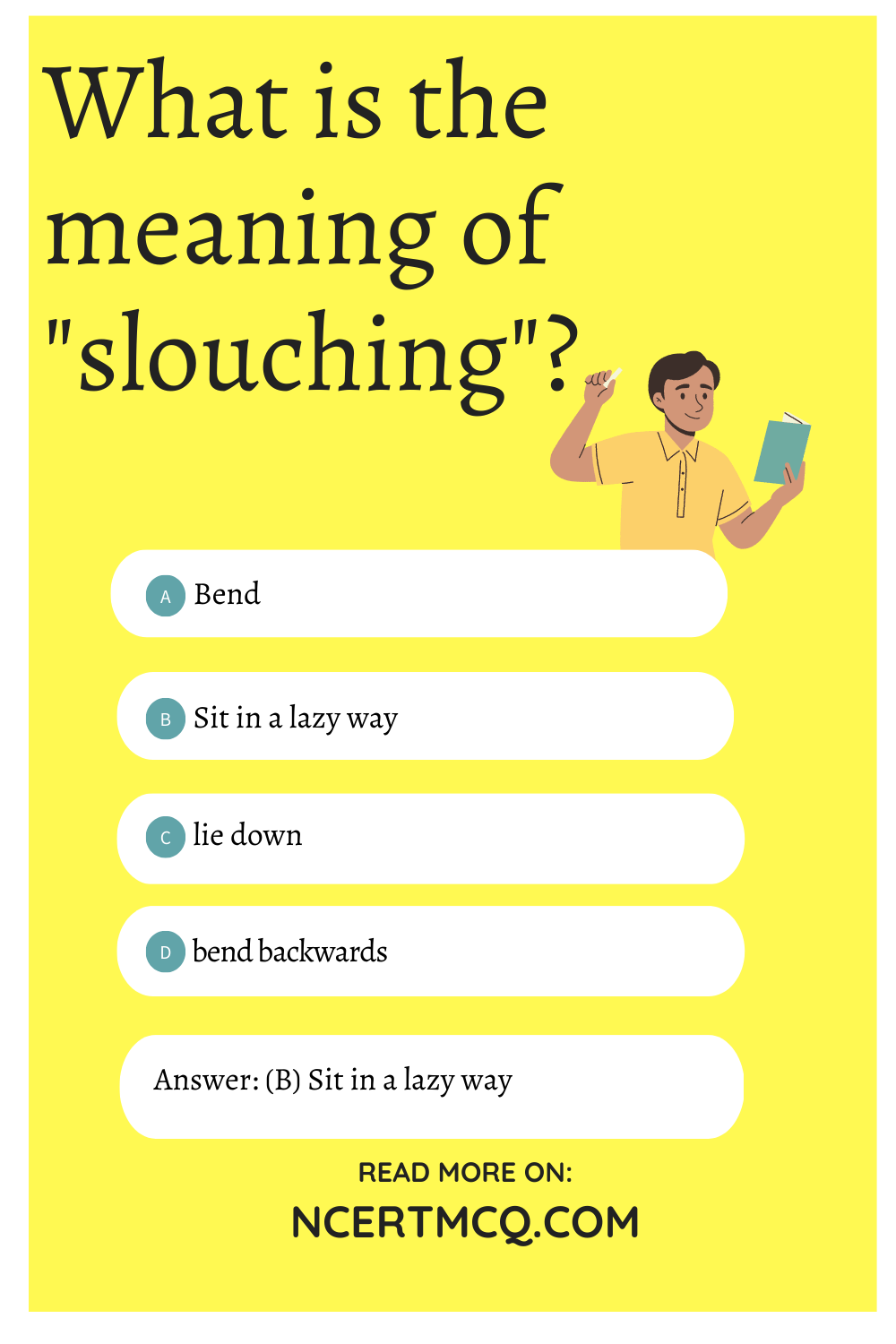Check the below NCERT MCQ Questions for Class 10 English Footprints Without Feet Chapter 10 The Book That Saved the Earth with Answers Pdf free download. MCQ Questions for Class 10 English with Answers were prepared based on the latest exam pattern. We have provided The Book That Saved the Earth Class 10 English MCQs Questions with Answers to help students understand the concept very well. https://ncertmcq.com/mcq-questions-for-class-10-english-with-answers/
MCQ Questions for Class 10 English Footprints Without Feet Chapter 10 The Book That Saved the Earth with Answers
The Book That Saved The Earth MCQ Question 1.
According to Think Tank’s decoding, which animal can fly on the Earth?
(a) dog
(b) cat
(c) cow
(d) horse
Answer
Answer: (c) cow
The Book That Saved The Earth Question 2.
What is the rank of Iota?
(a) Sergent
(b) Marshall
(c) Lieutenant
(d) Commander
Answer
Answer: (c) Lieutenant
The Book That Saved The Earth Class 10 Extra Questions Question 3.
What are the invaders called?
(a) Marser
(b) Martian
(c) Martina
(d) Marsant
Answer
Answer: (b) Martian
The Book That Saved The Earth Class 10 Question 4.
Name the book of nursery rhymes which saved Earth.
(a) Mother goose
(b) Father goose
(c) Baby goose
(d) none of these
Answer
Answer: (a) Mother goose
The Book That Saved The Earth Class 10 Questions And Answers Question 5.
The story is set in the ______.
(a) Past
(b) present
(c) future
(d) All of them
Answer
Answer: (c) future
Question 6.
In the second instance, what did Noodle suggest that the books were for?
(a) hearing
(b) reading
(c) eating
(d) smelling
Answer
Answer: (b) reading
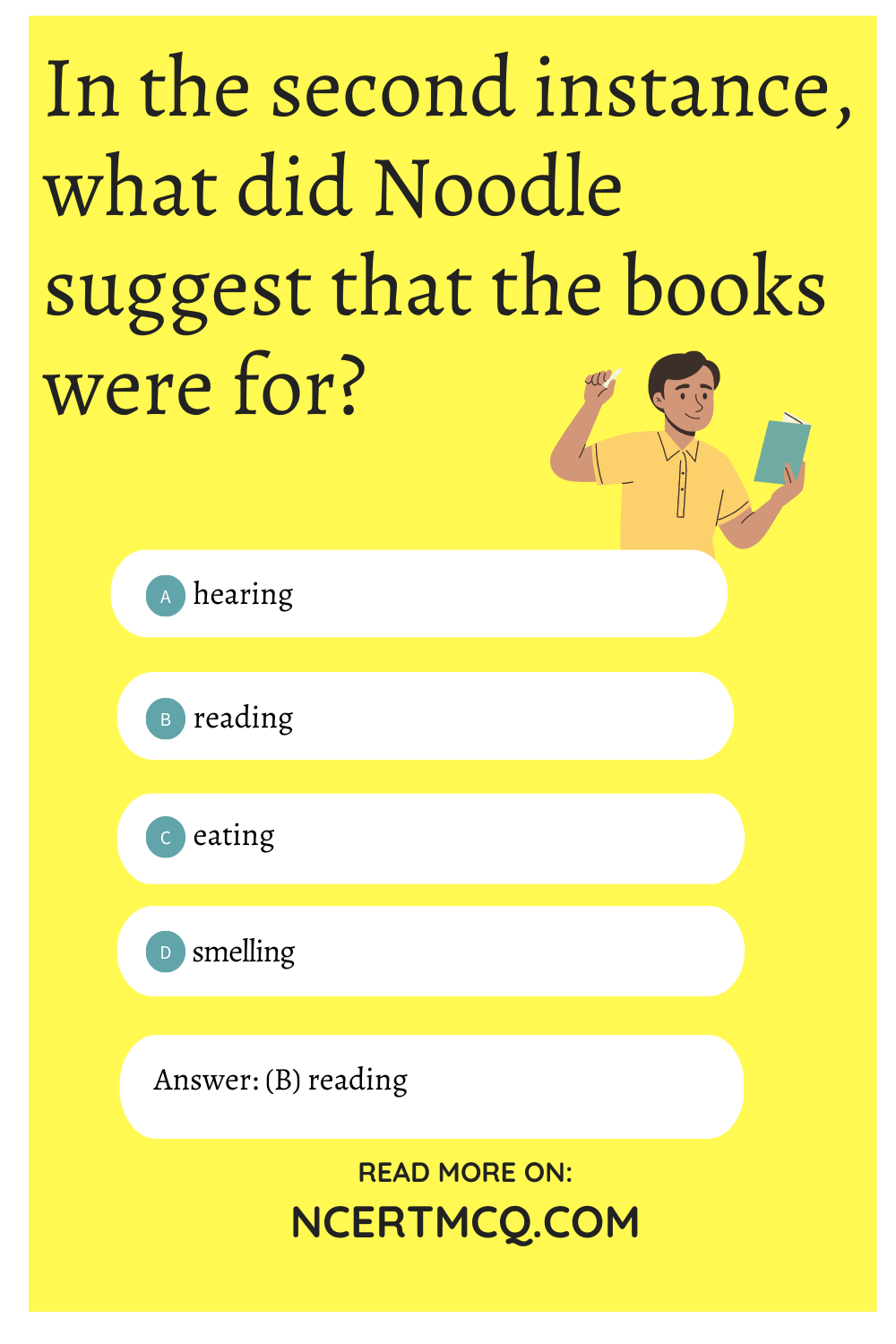
Question 7.
What did Think Tank think books were for?
(a) hearing
(b) reading
(c) eating
(d) smelling
Answer
Answer: (c) eating
Question 8.
Which book saved the planet Earth from Martian invasion?
(a) nursery rhymes
(b) noble encyclopedia
(c) book about rockets
(d) book about missiles
Answer
Answer: (a) nursery rhymes
Question 9.
How many moons does Mars have?
(a) 1
(b) 2
(c) 4
(d) 5
Answer
Answer: (b) 2
Question 10.
What is the “sandwich” used for on Earth, according to Noodle?
(a) satiating hunger
(b) communication
(c) dessert
(d) none of the above
Answer
Answer: (b) communication
Question 11.
What was a sandwich according to the Think Tank?
(a) hat
(b) book
(c) sandwich
(d) none of the above
Answer
Answer: (b) book
Question 12.
Which “ridiculous little planet” is being talked about?
(a) Mars
(b) Earth
(c) Jupiter
(d) Saturn
Answer
Answer: (b) Earth
Question 13.
Who is the lieutenant of the rew?
(a) Oop
(b) Omega
(c) Iota
(d) Think Tank
Answer
Answer: (c) Iota
Question 14.
Who is the Commander-in-Chief of the Mars Space Control?
(a) Oop
(b) Omega
(c) Iota
(d) Think Tank
Answer
Answer: (d) Think Tank
Question 15.
“You haven’t heard about the Martian invasion of ____? ”
(a) 2010
(b) 2020
(c) 2040
(d) 2050
Answer
Answer: (c) 2040
Question 16.
Who is the writer of the lesson ‘The Book That Saved the Earth’?
(a) Victor Canning
(b) Claire Boiko
(c) K.A. Abbas
(d) H.O. Wells
Answer
Answer: (b) Claire Boiko
Question 17.
Who was the ruler of Mars?
(a) Omega
(b) Iota
(c) Think-Tank
(d) Oop
Answer
Answer: (c) Think-Tank
Question 18.
What does Think-Tank consider the books?
(a) sandwiches
(b) ear communication devices
(c) eye communication devices
(d) all of the above
Answer
Answer: (d) all of the above
Question 19.
Who was Great and Mighty?
(a) Think-Tank
(b) Noodle
(c) Oop
(d) Omega
Answer
Answer: (a) Think-Tank
Question 20.
What was the name of the sergeant spacecraft crew?
(a) Think-Tank
(b) Iota
(c) Oop
(d) Noodle
Answer
Answer: (c) Oop
Question 21.
Who was the captain of the spacecraft crew?
(a) Think-Tank
(b) Omega
(c) Iota
(d) Oop
Answer
Answer: (b) Omega
Question 22.
Which book saved the earth from invasion?
(a) a book of science
(b) a world encyclopedia
(c) a book of military techniques
(d) a book of nursery rhymes
Answer
Answer: (d) a book of nursery rhymes
Question 23.
Who was the deputy of Think-Tank?
(a) Omega
(b) Iota
(c) Noodle
(d) Oop
Answer
Answer: (c) Noodle
Question 24.
Who tried to invade the earth in the twenty-first century?
(a) Martians
(b) Earthlings
(c) Anteaters
(d) Zulus
Answer
Answer: (a) Martians
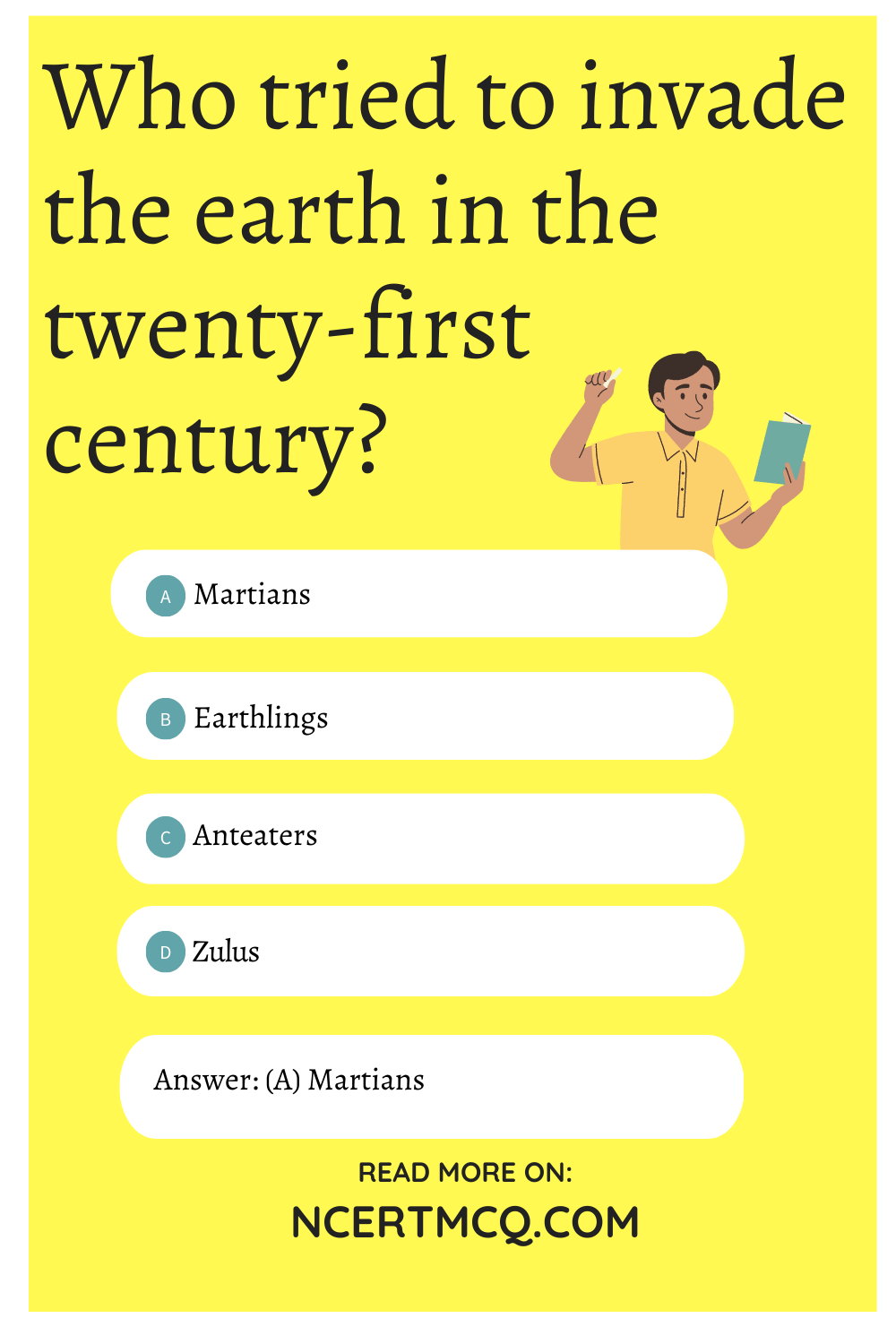
Question 25.
With what name is the twentieth century called?
(a) The era of the Book
(b) Era of the Science
(c) Era of the Mars
(d) Era of the Invasion
Answer
Answer: (a) The era of the Book
We hope the given NCERT MCQ Questions for Class 10 English Footprints Without Feet Chapter 10 The Book That Saved the Earth with Answers Pdf free download will help you. If you have any queries regarding CBSE Class 10 English The Book That Saved the Earth MCQs Multiple Choice Questions with Answers, drop a comment below and we will get back to you soon.
